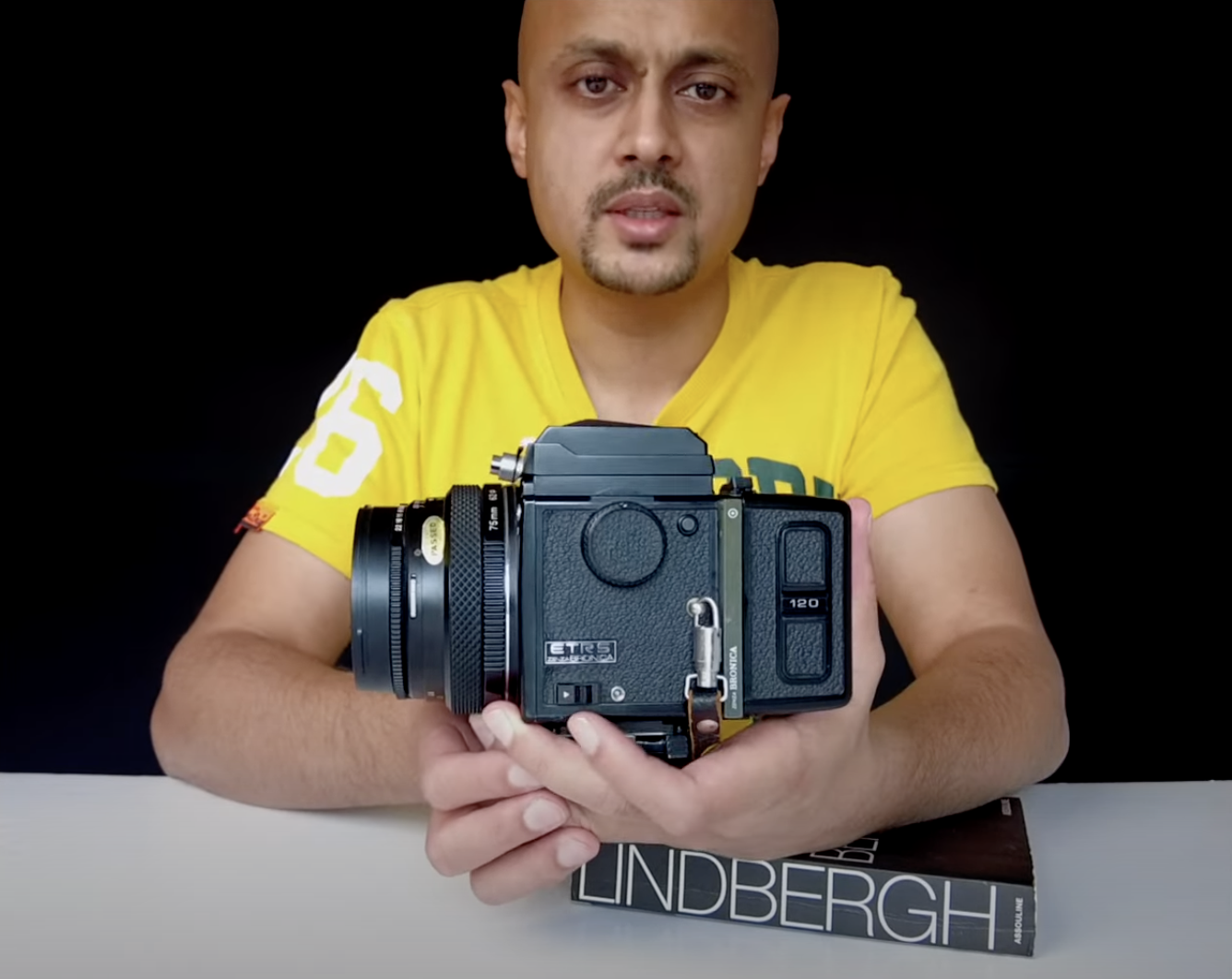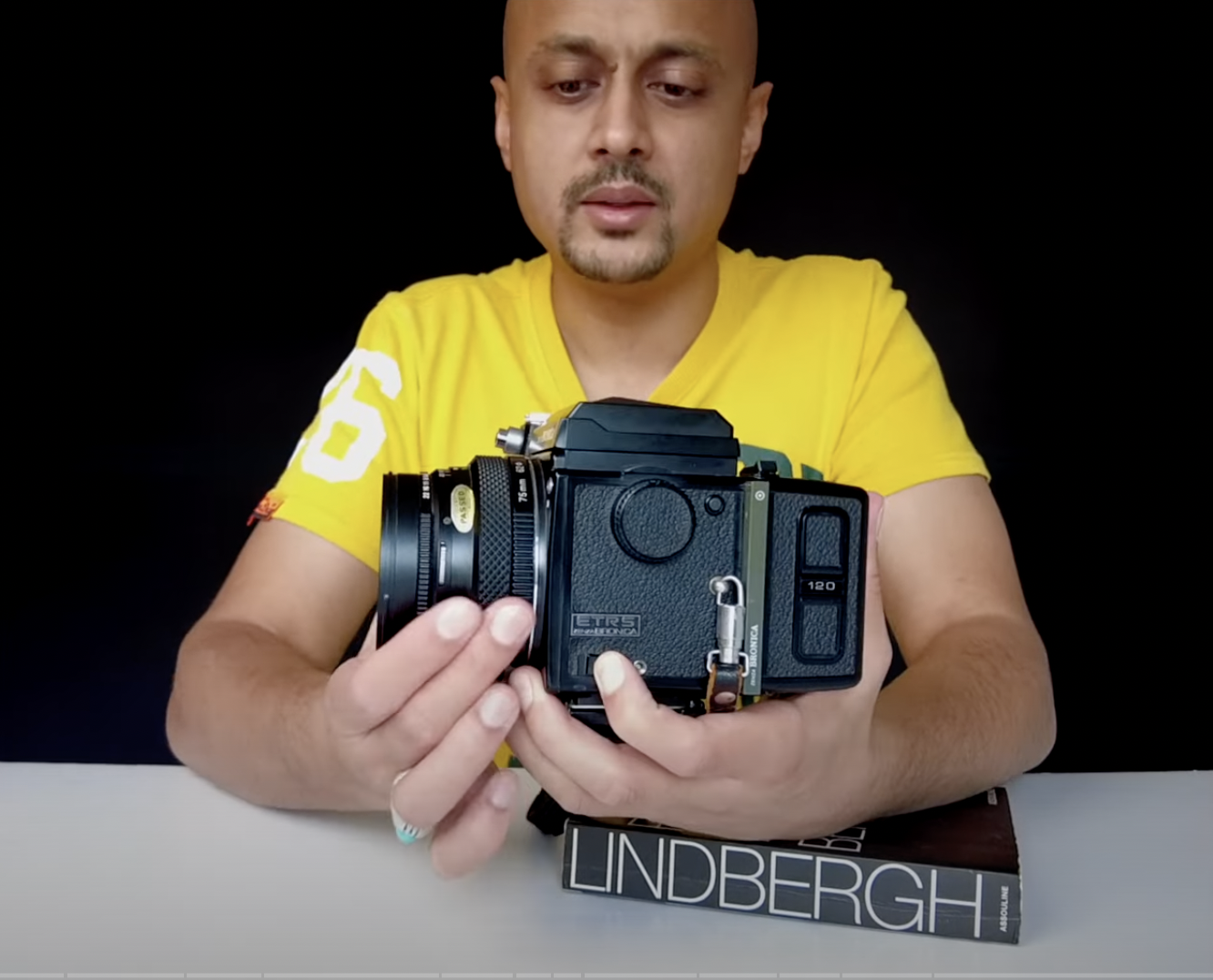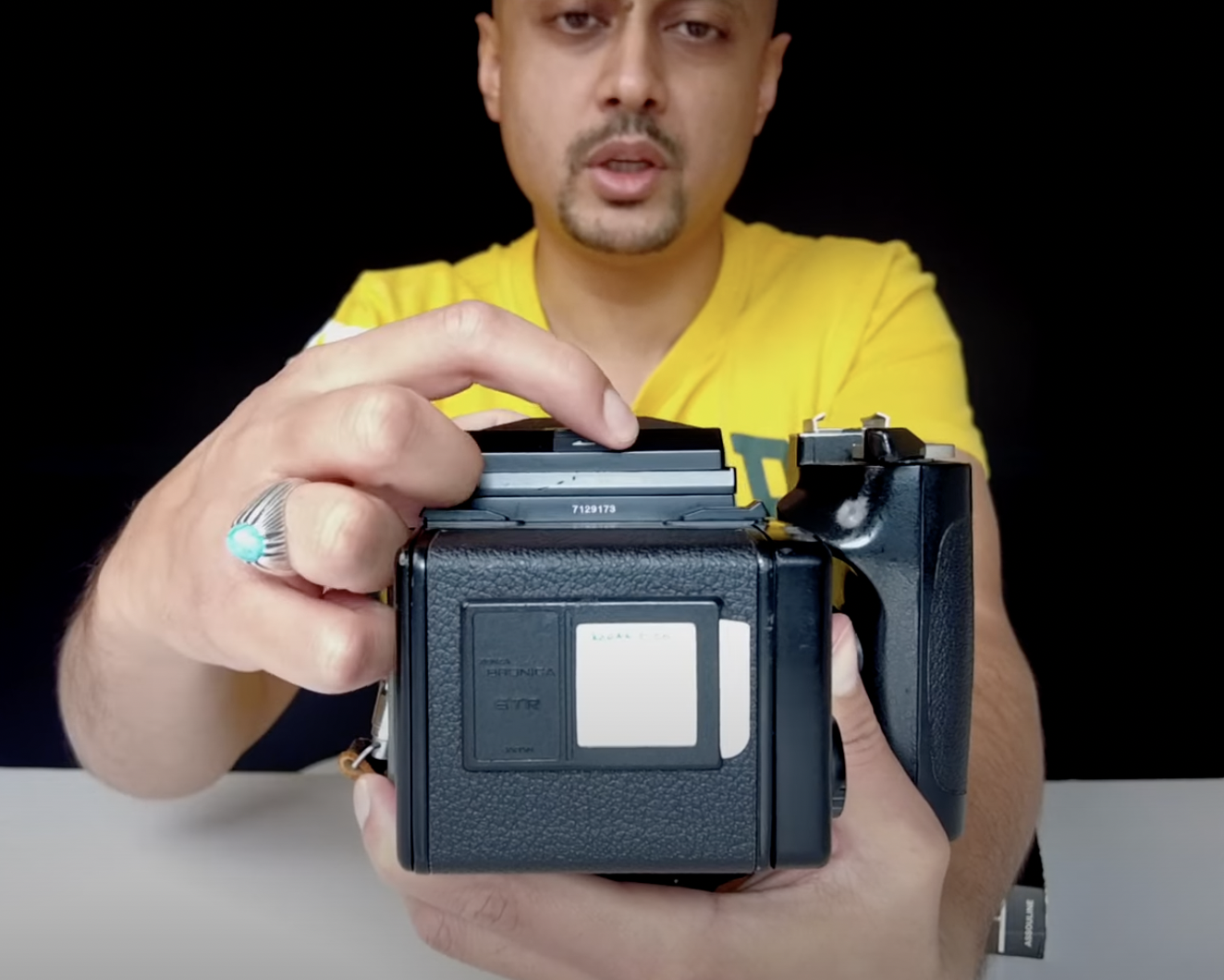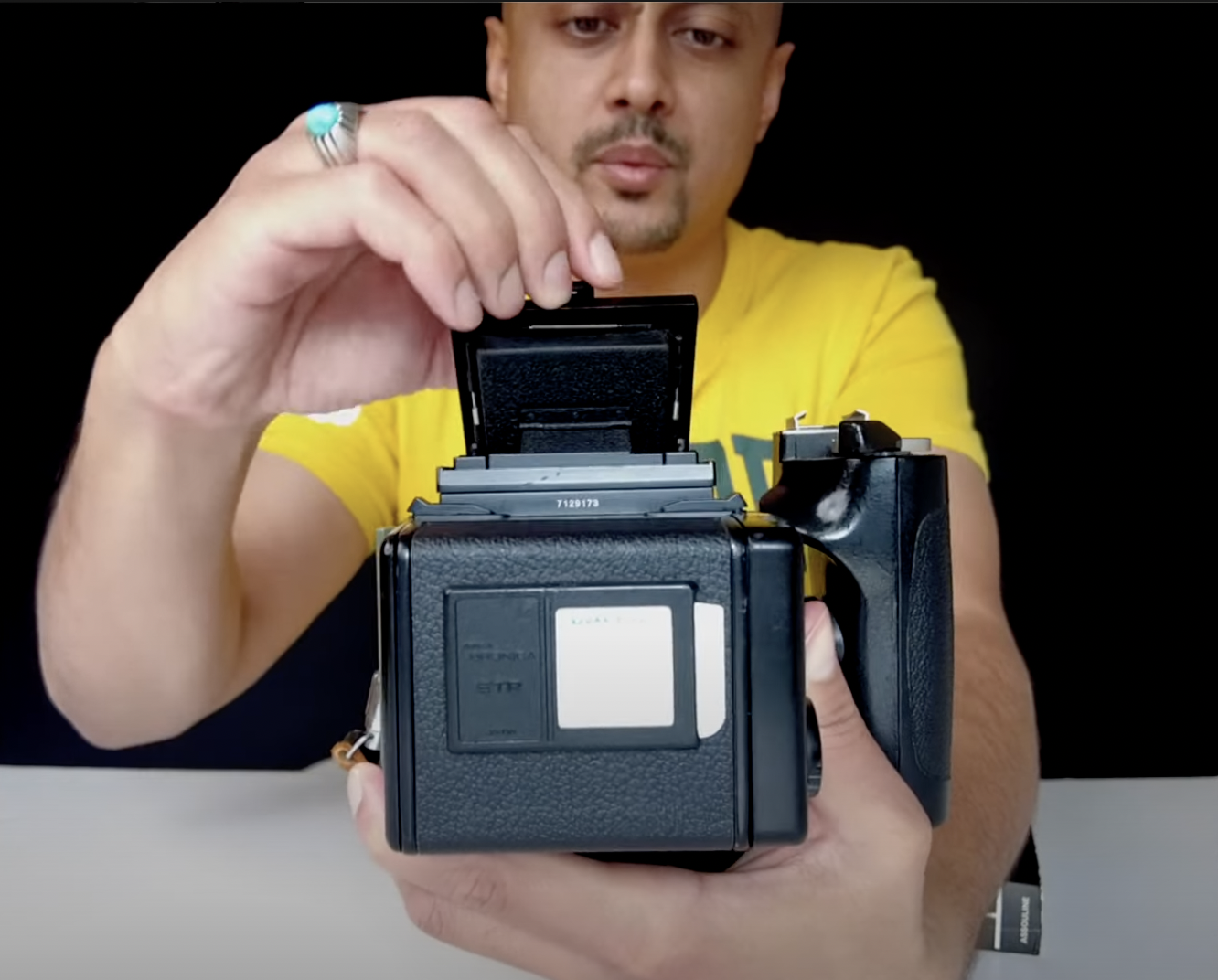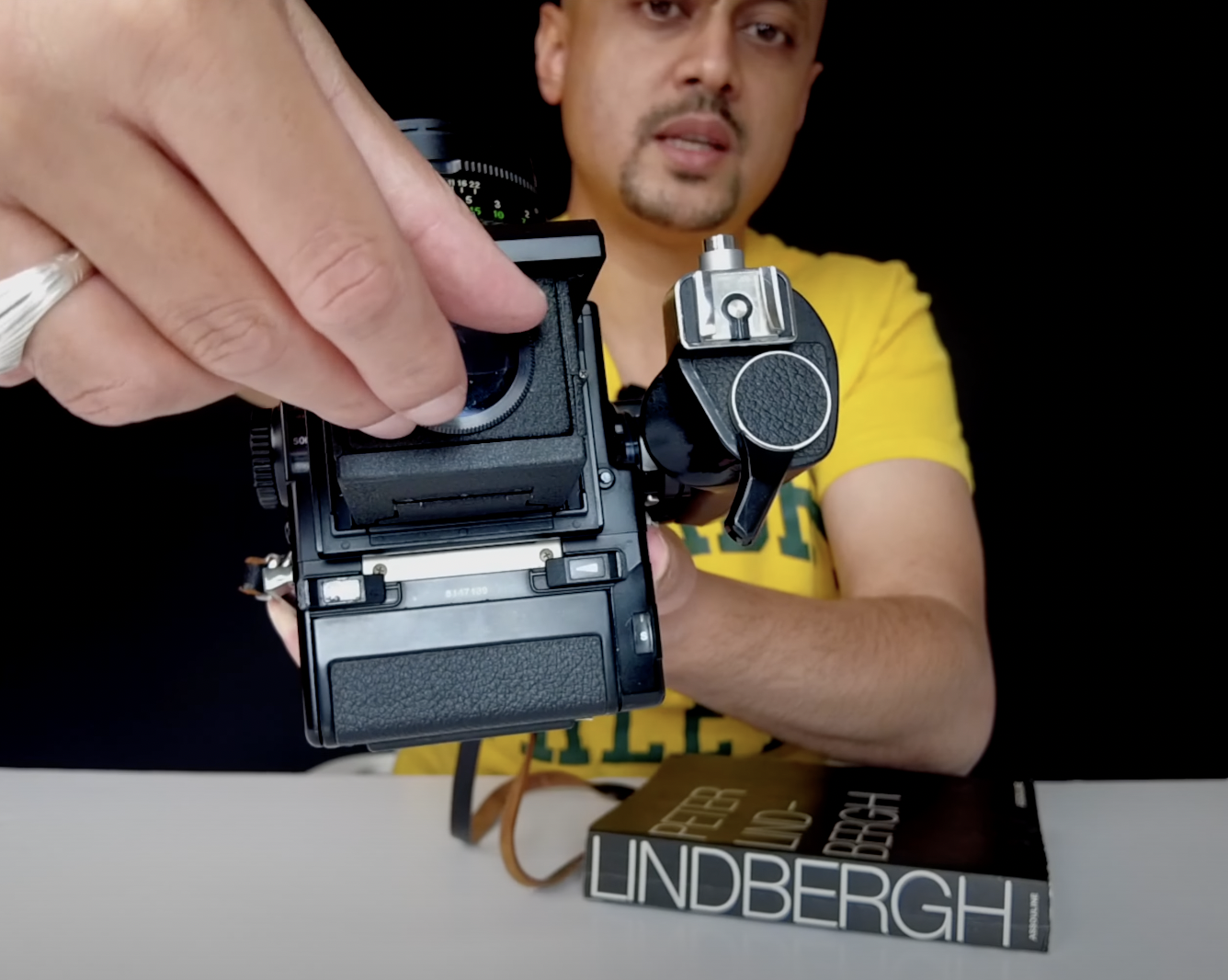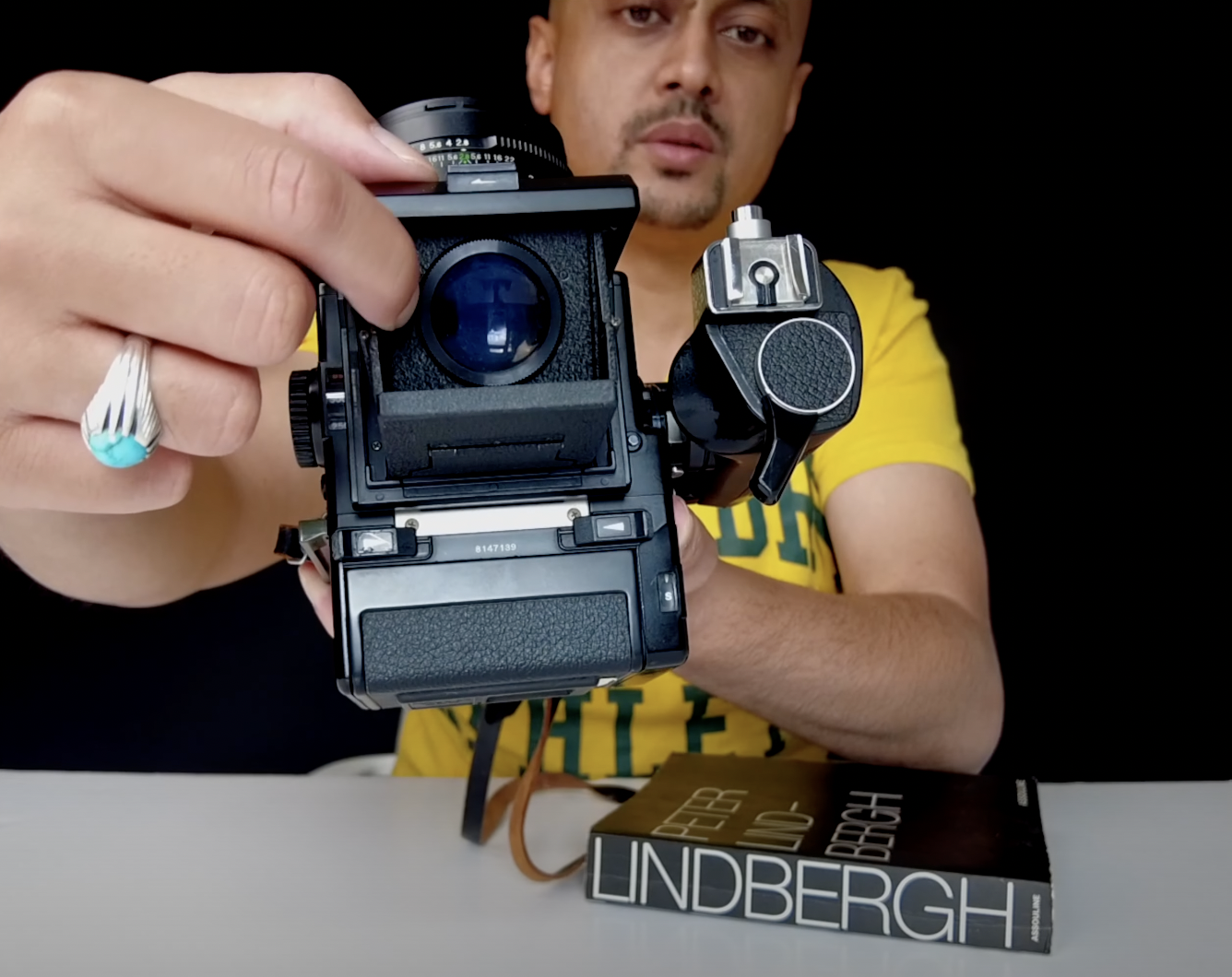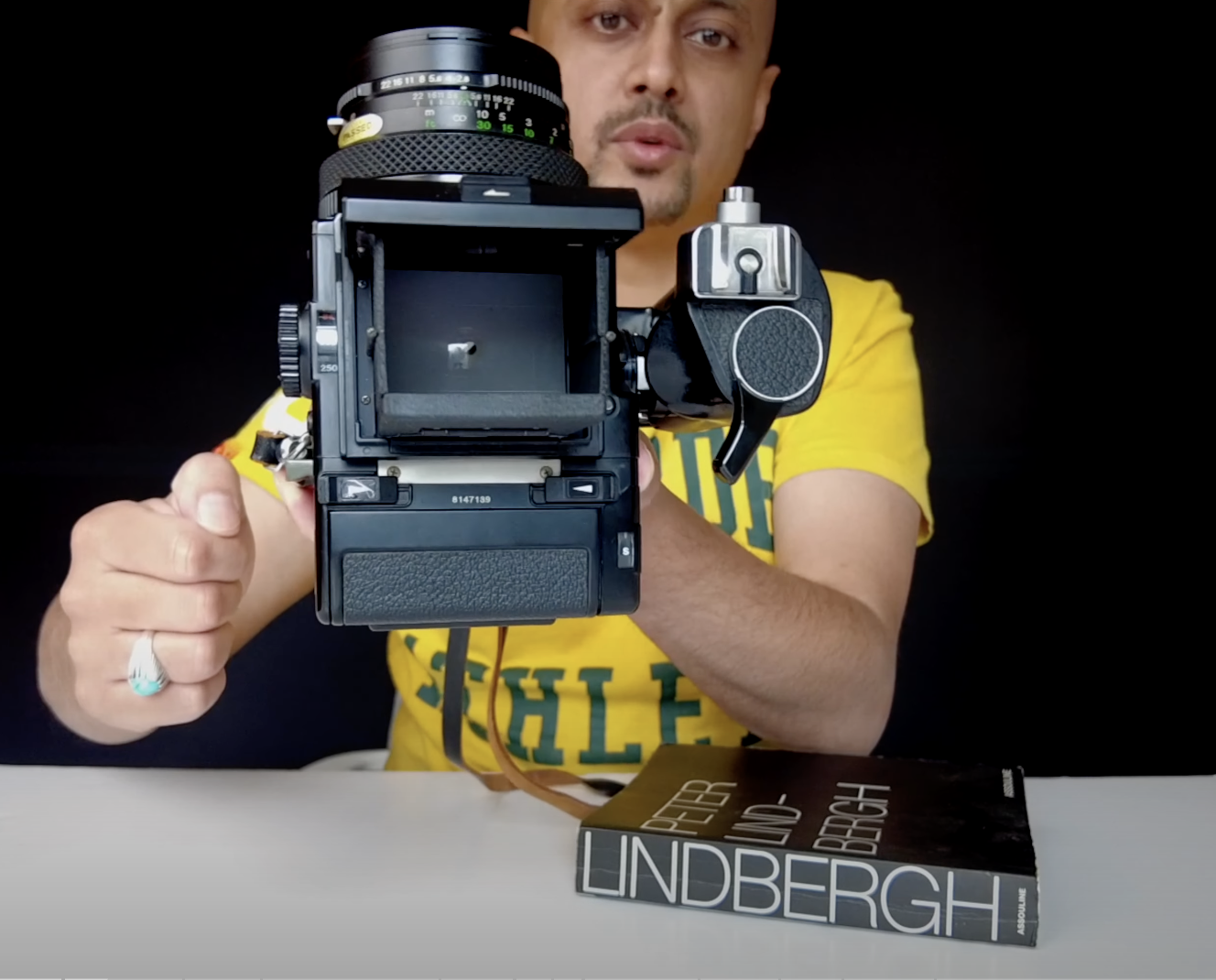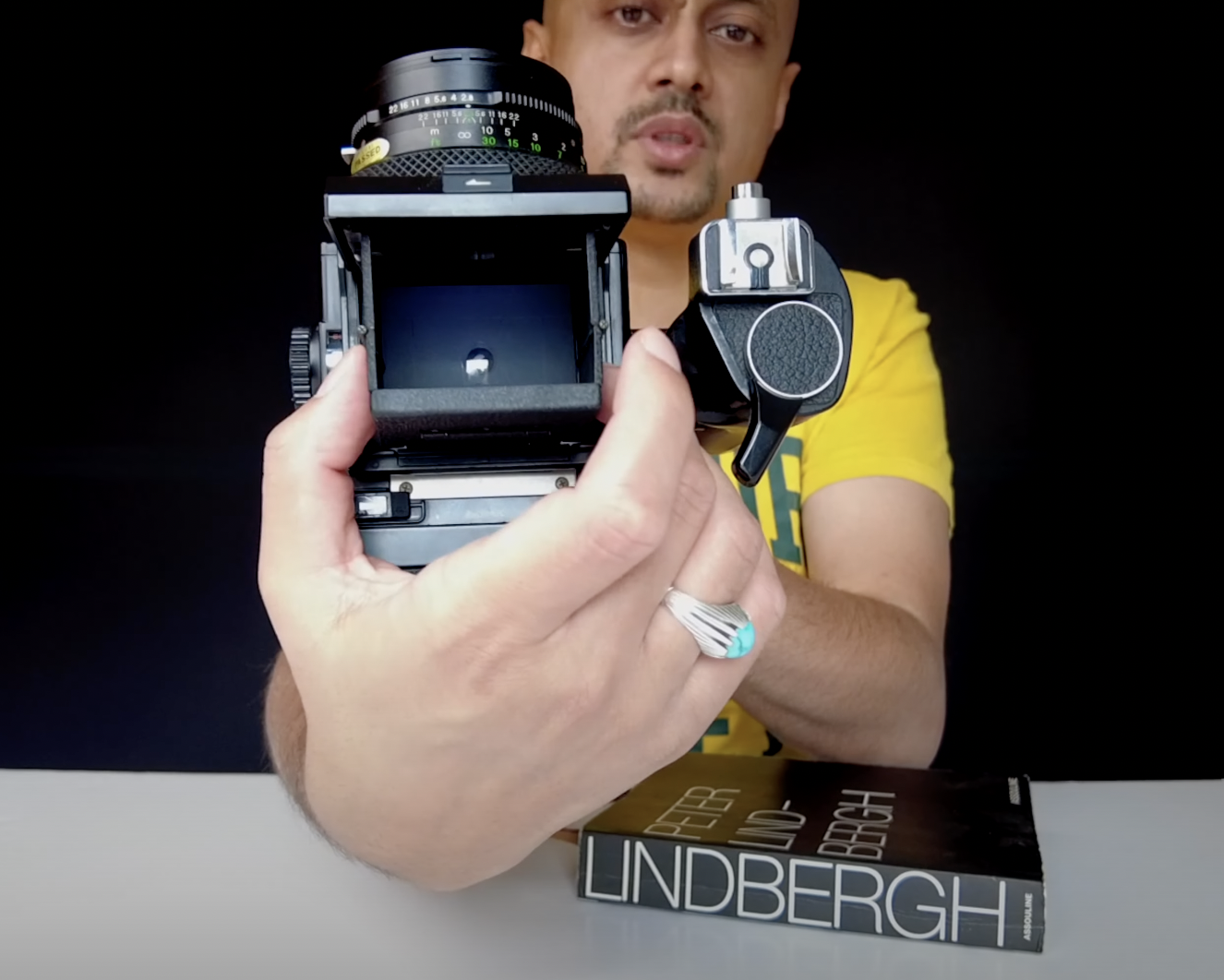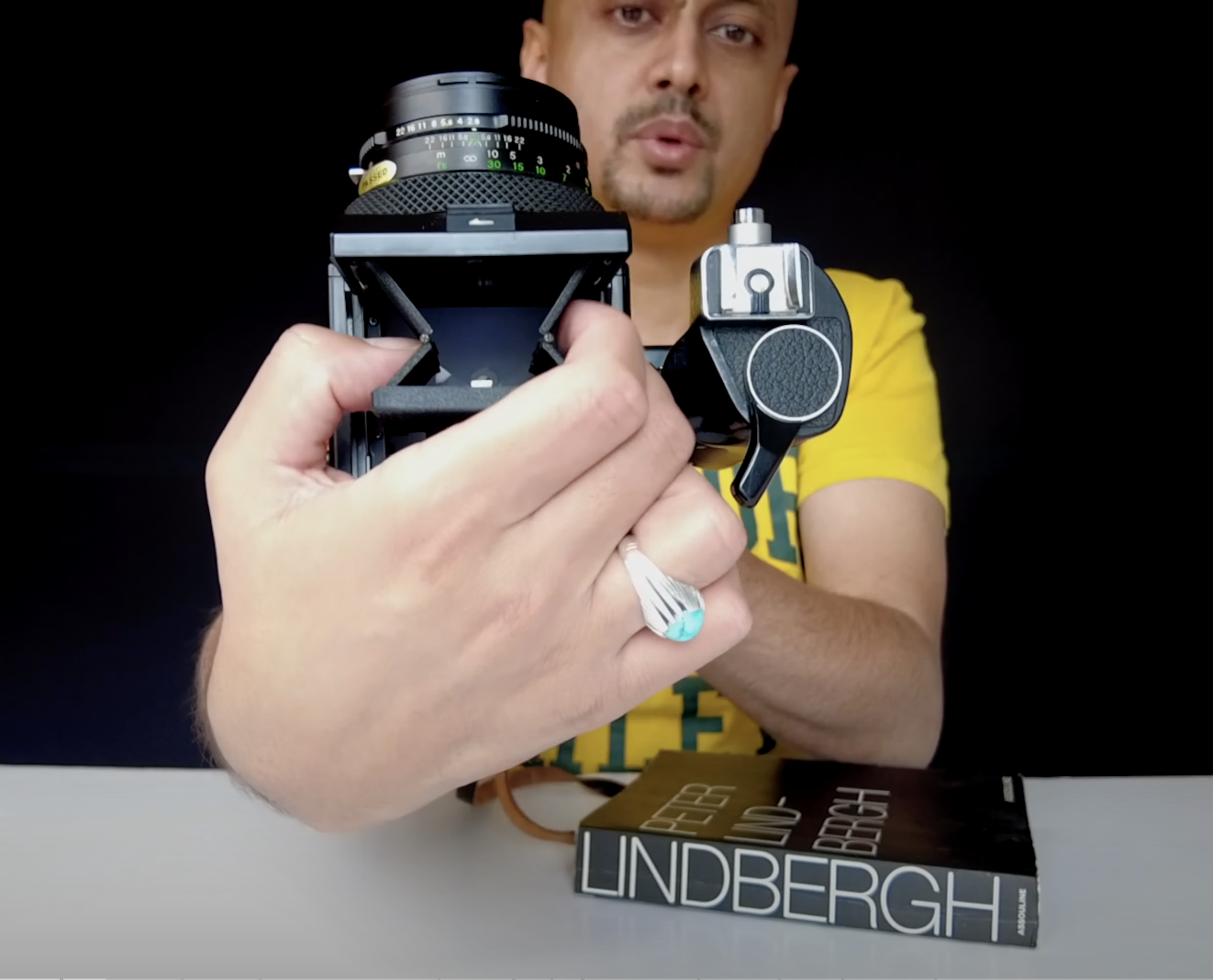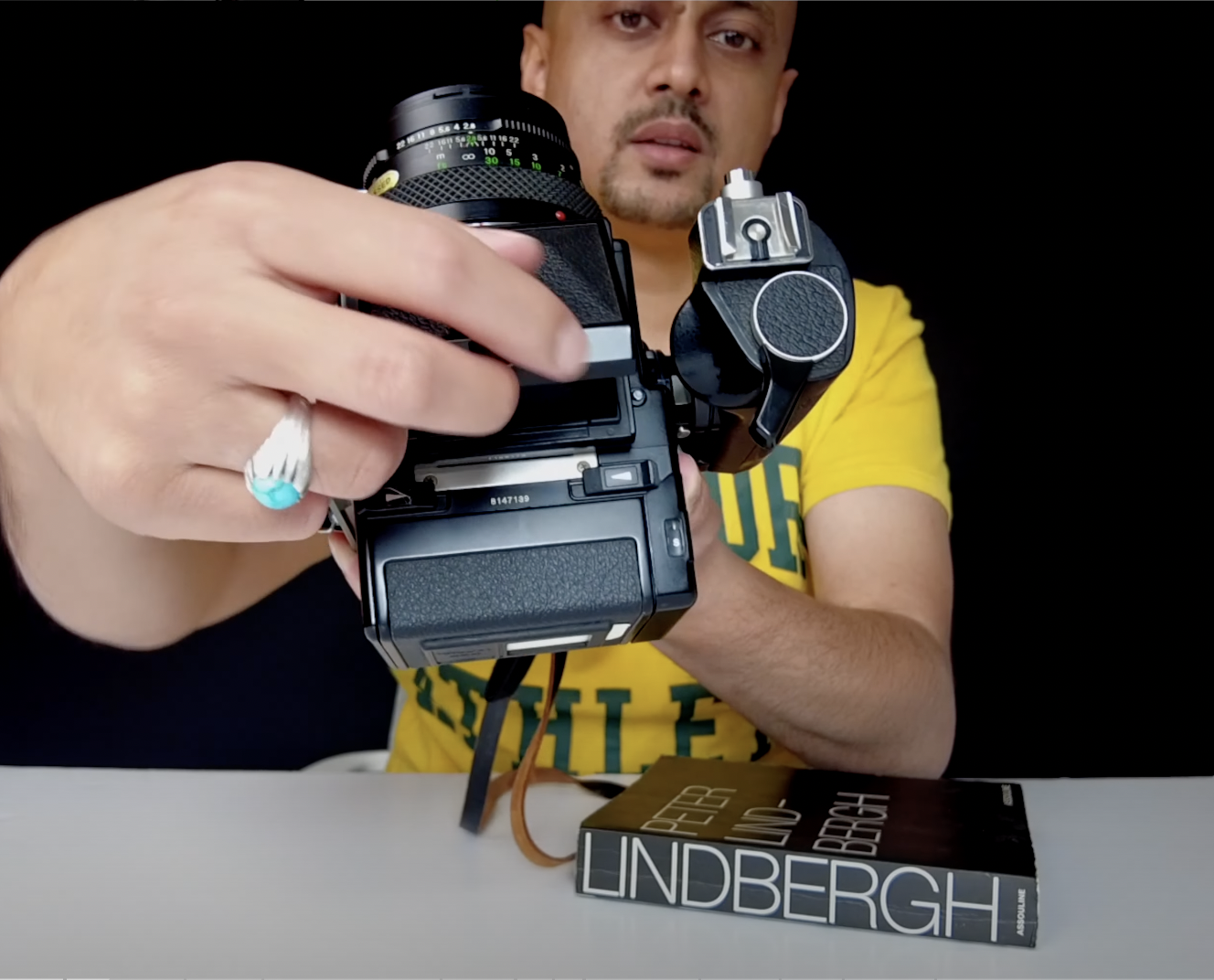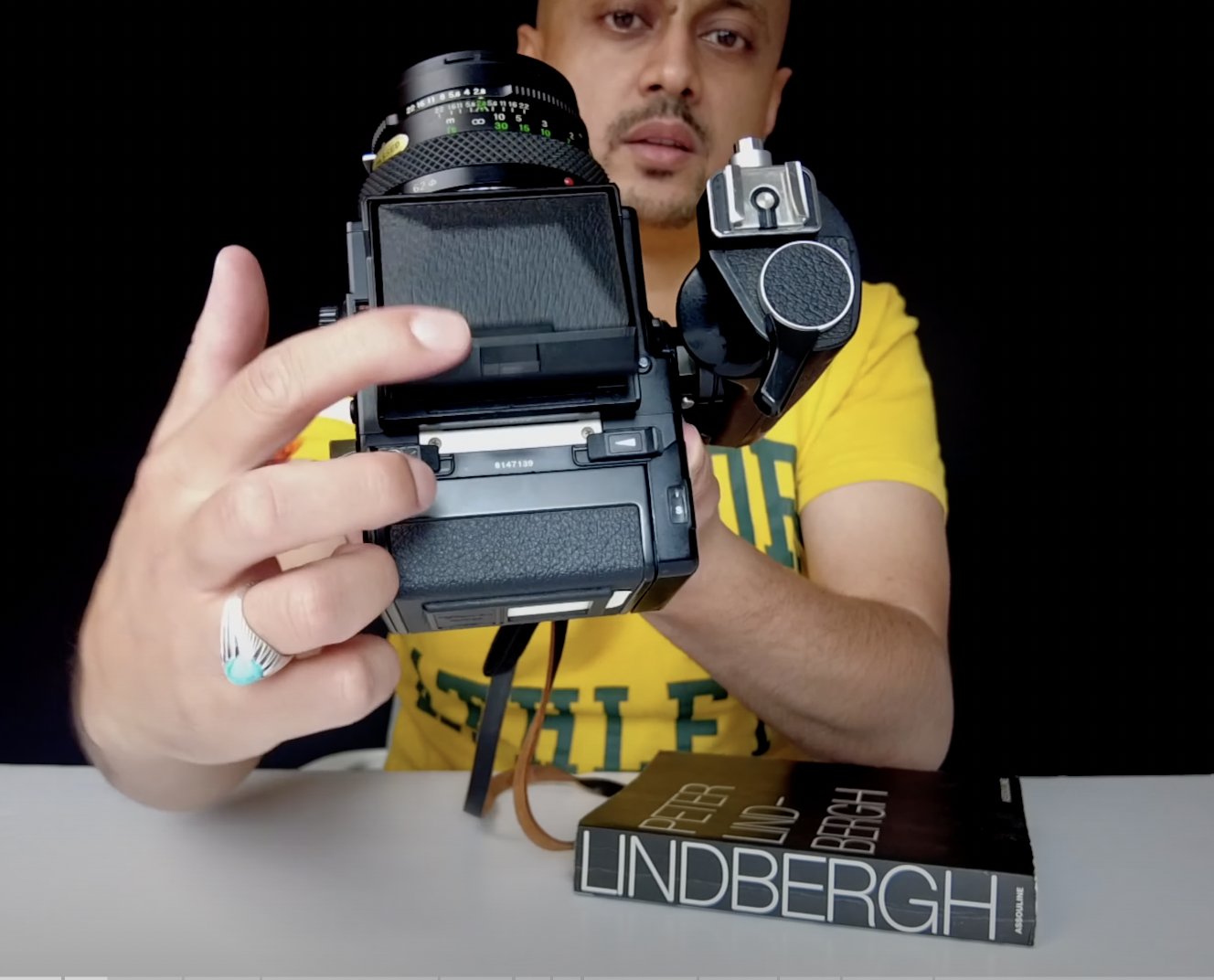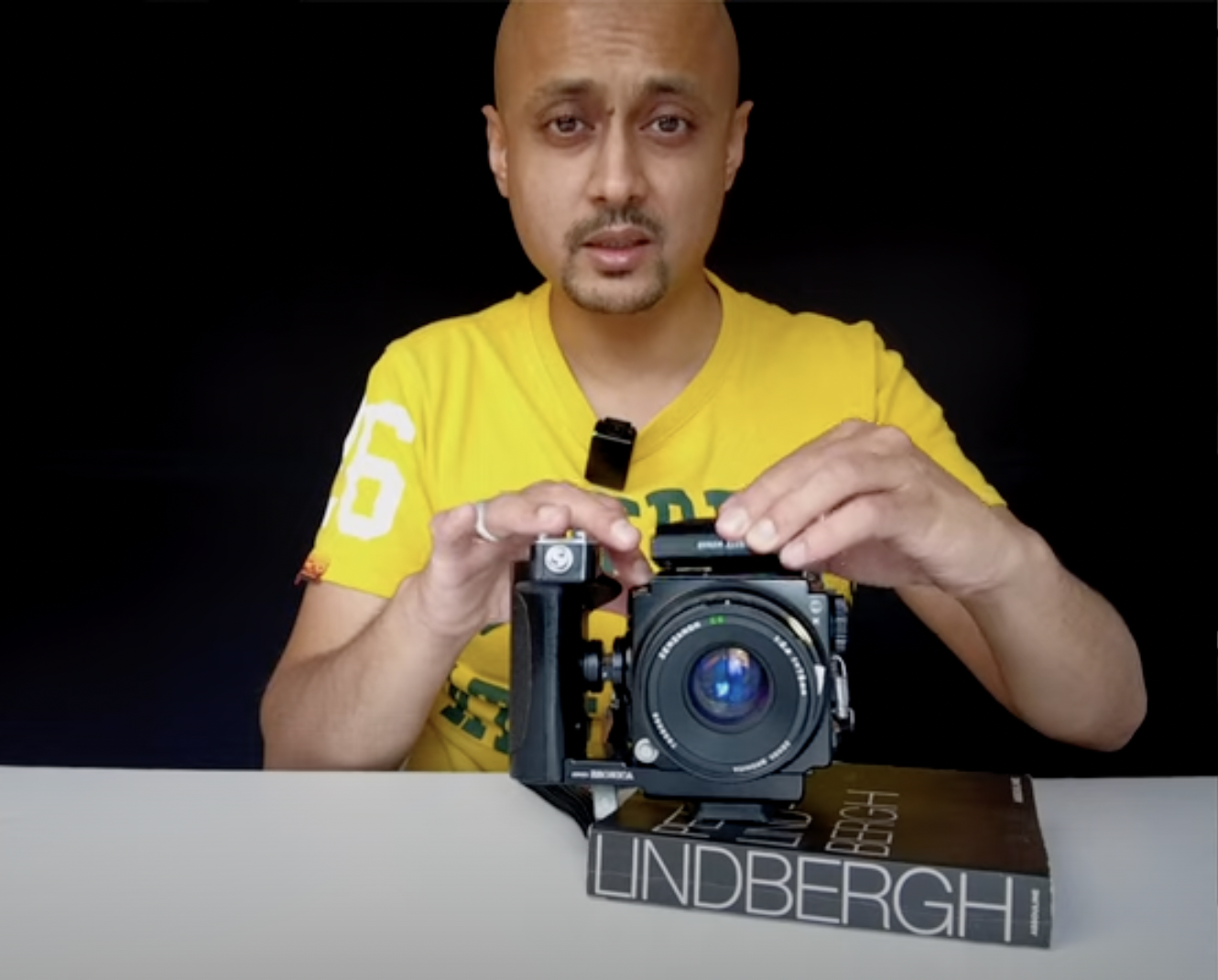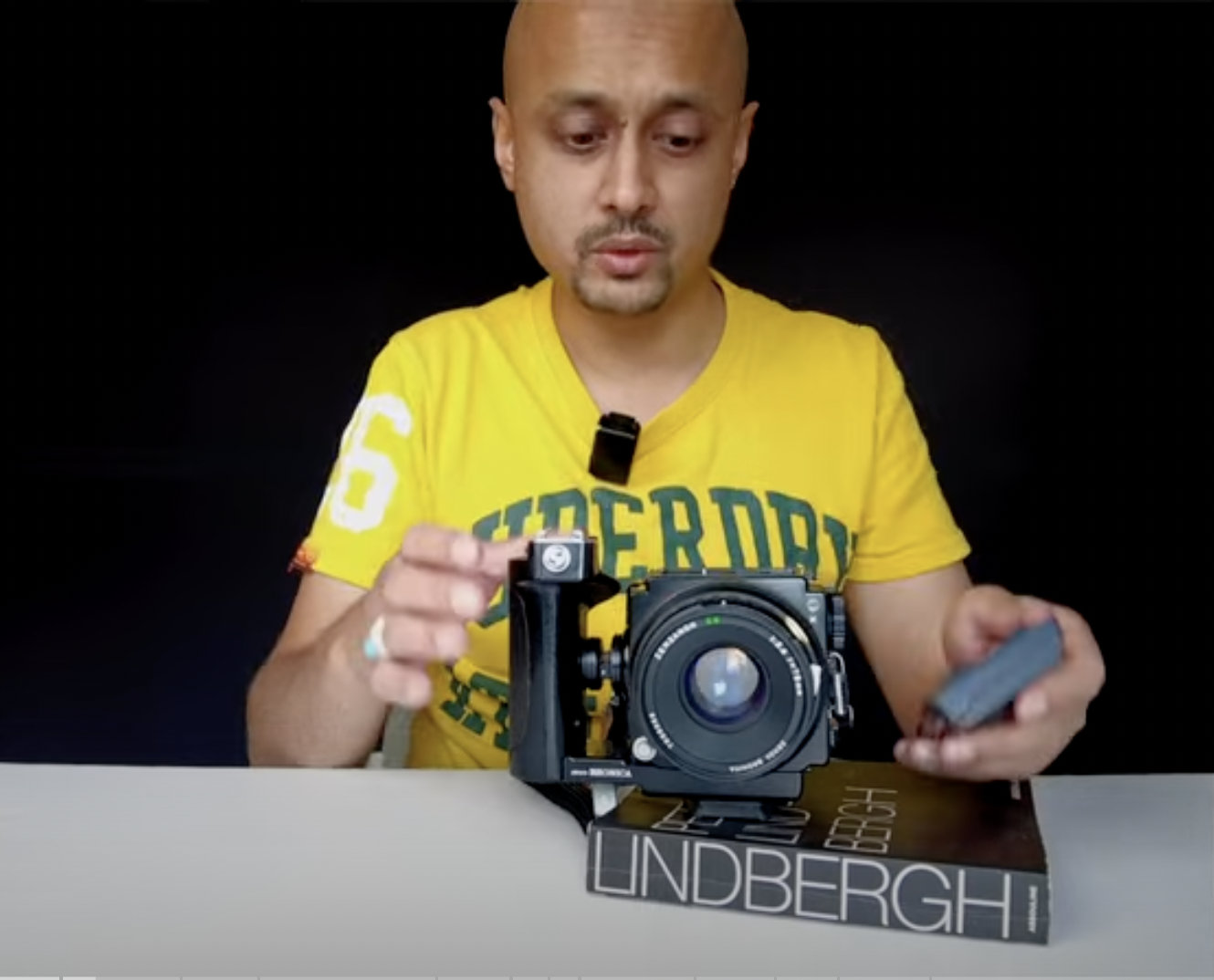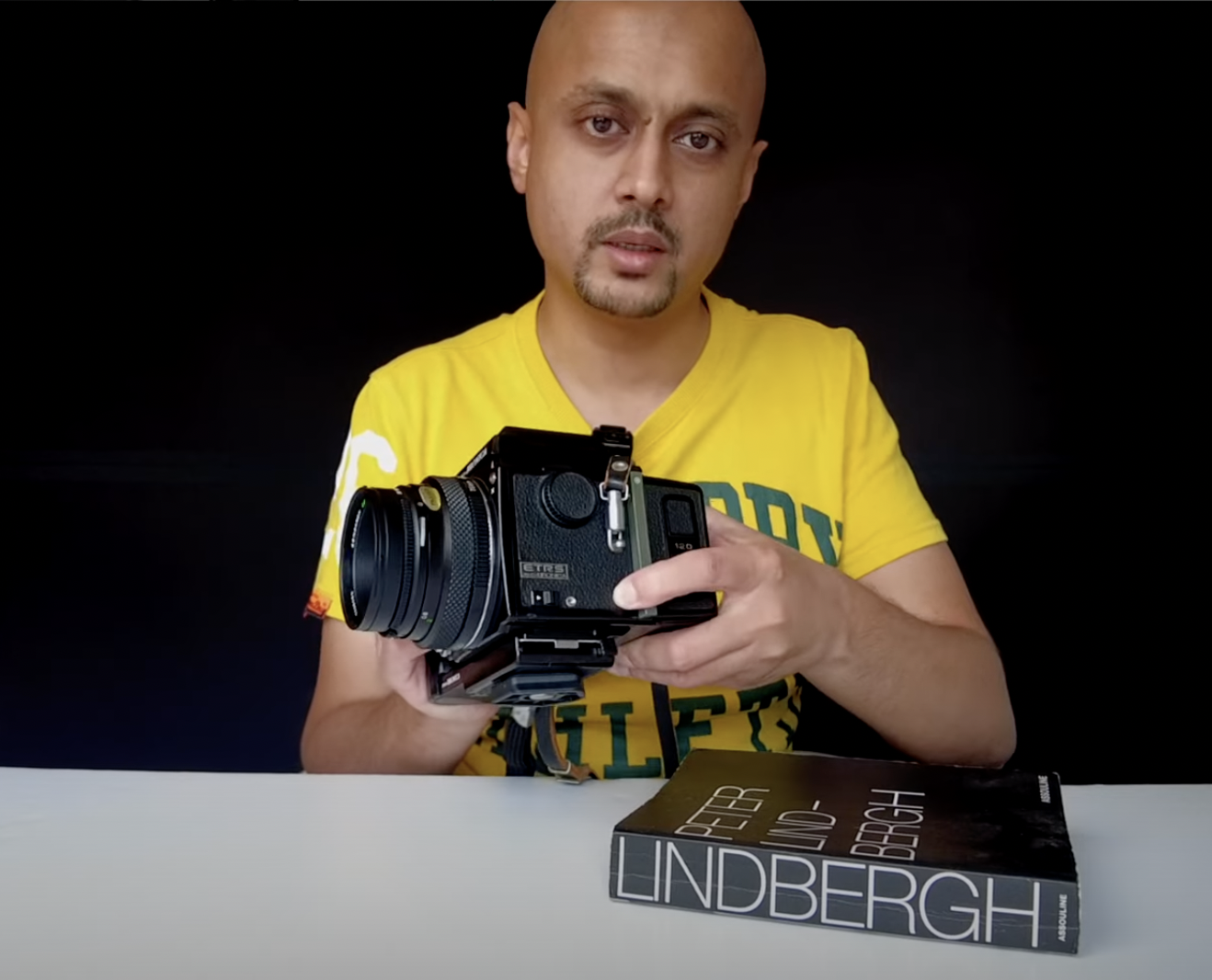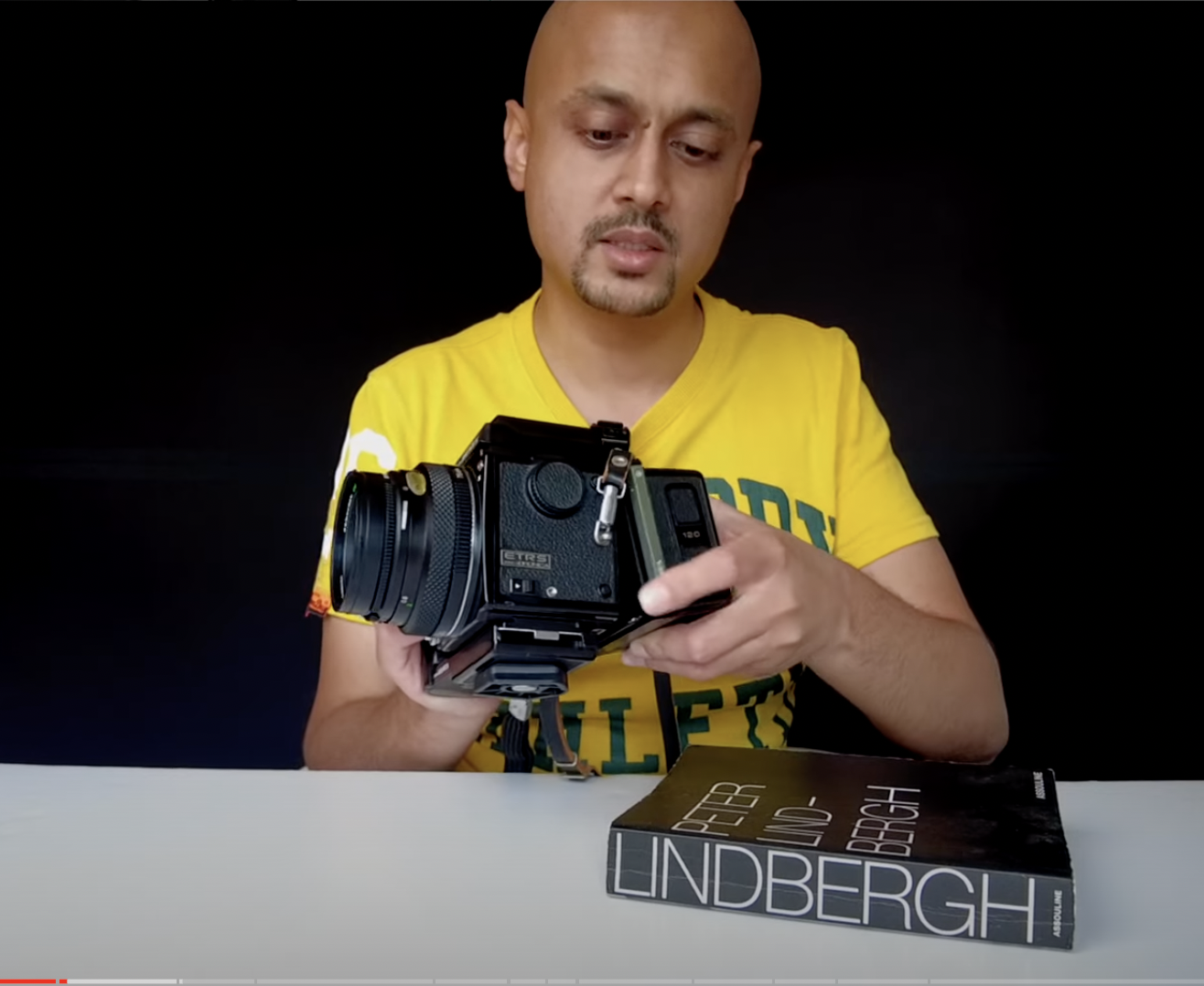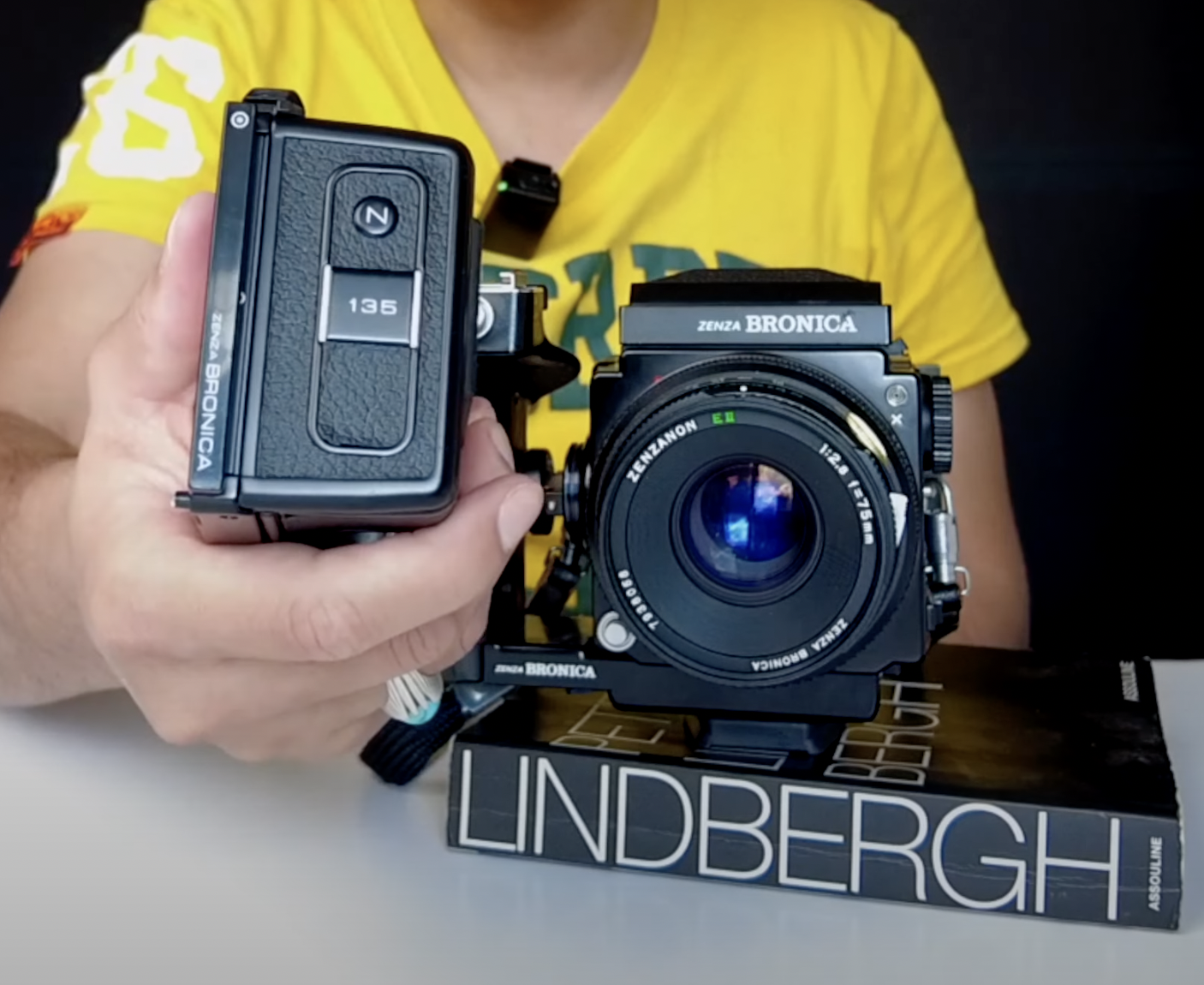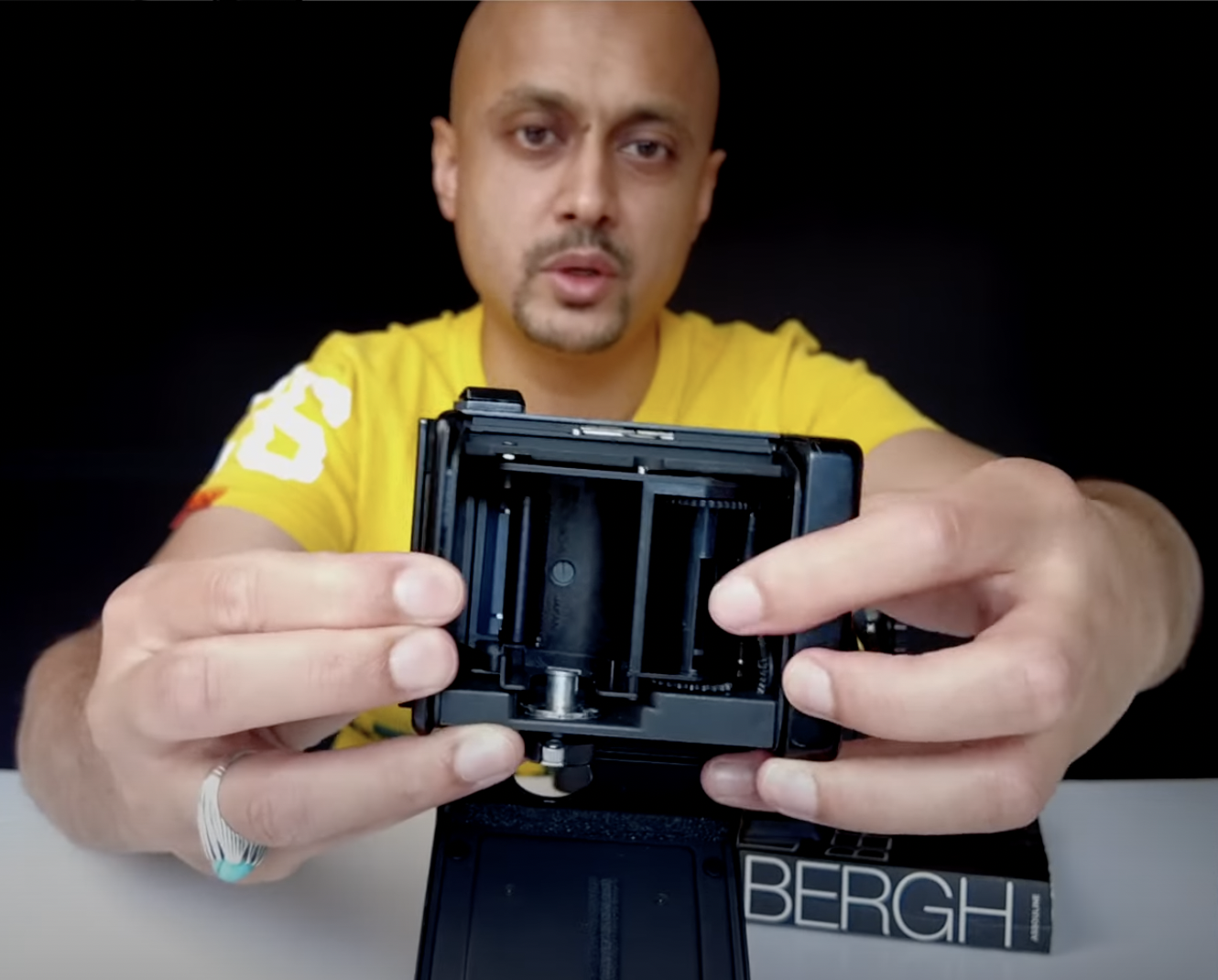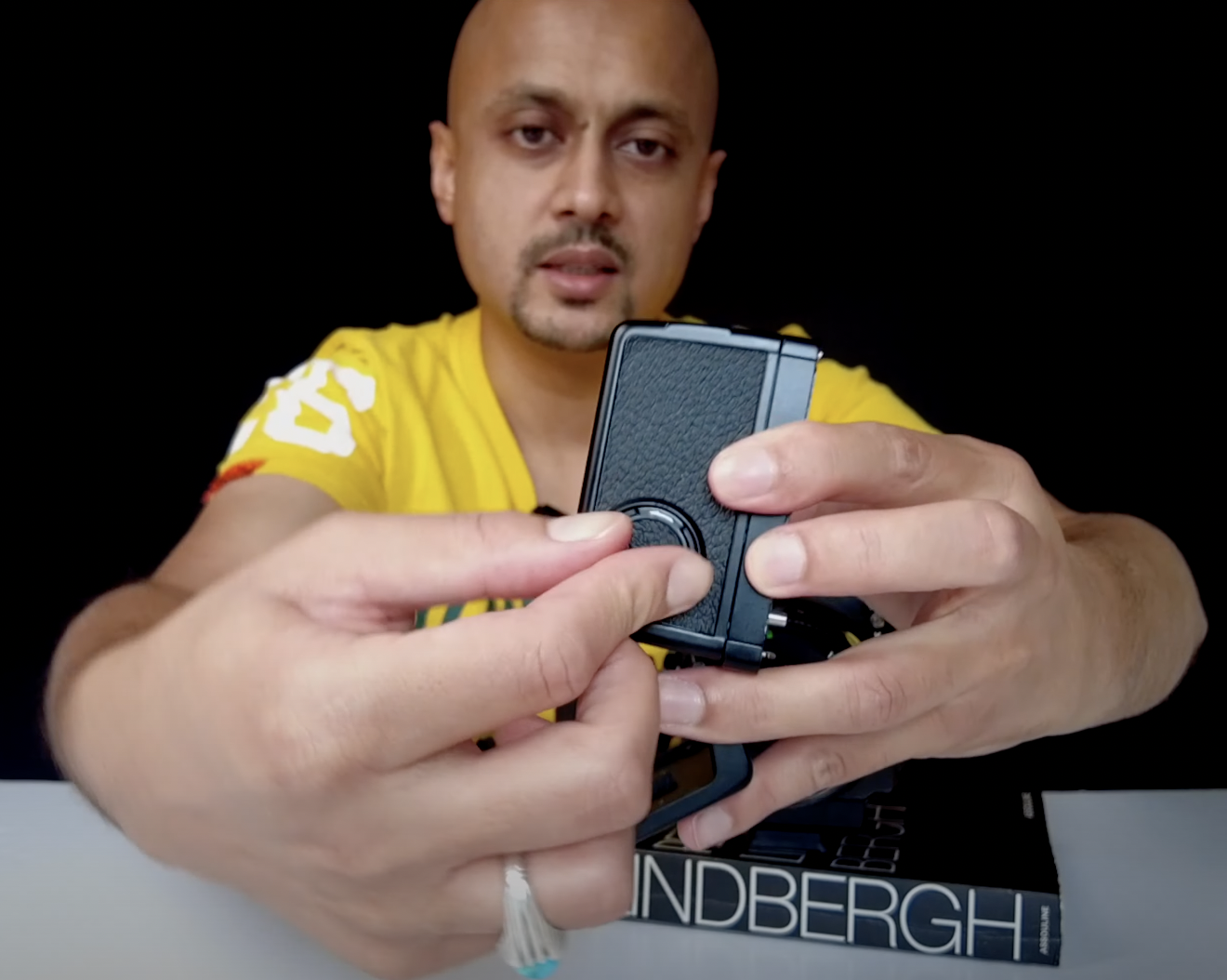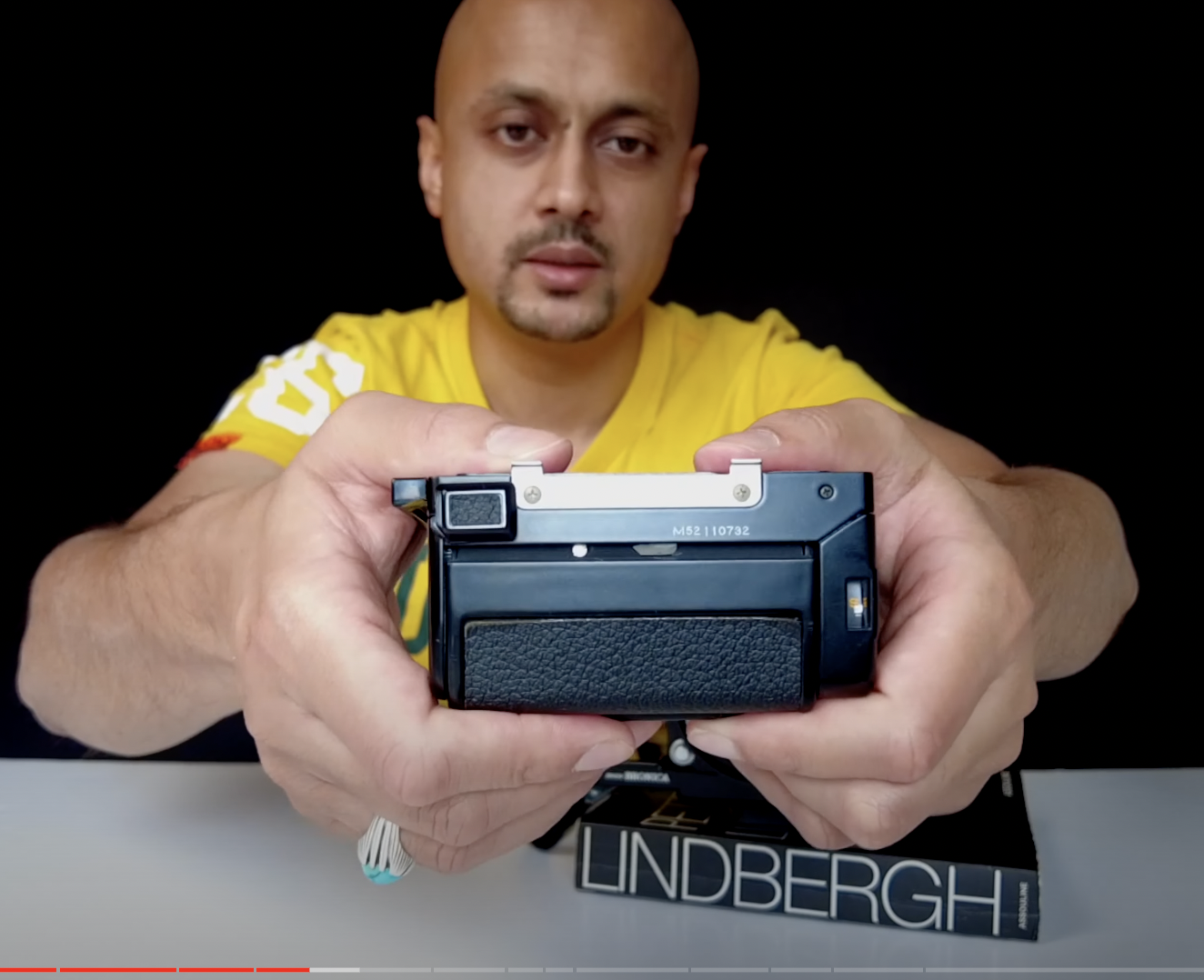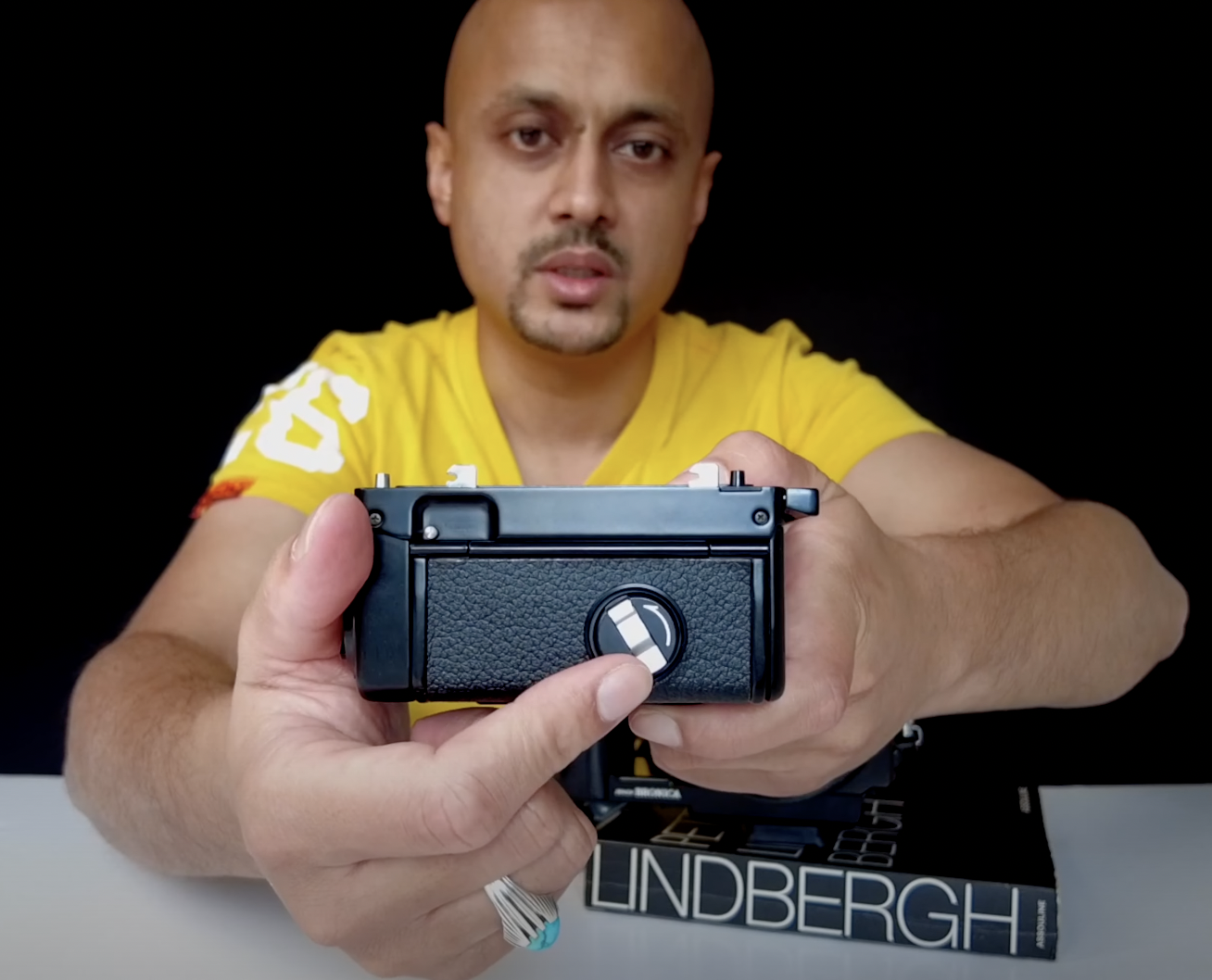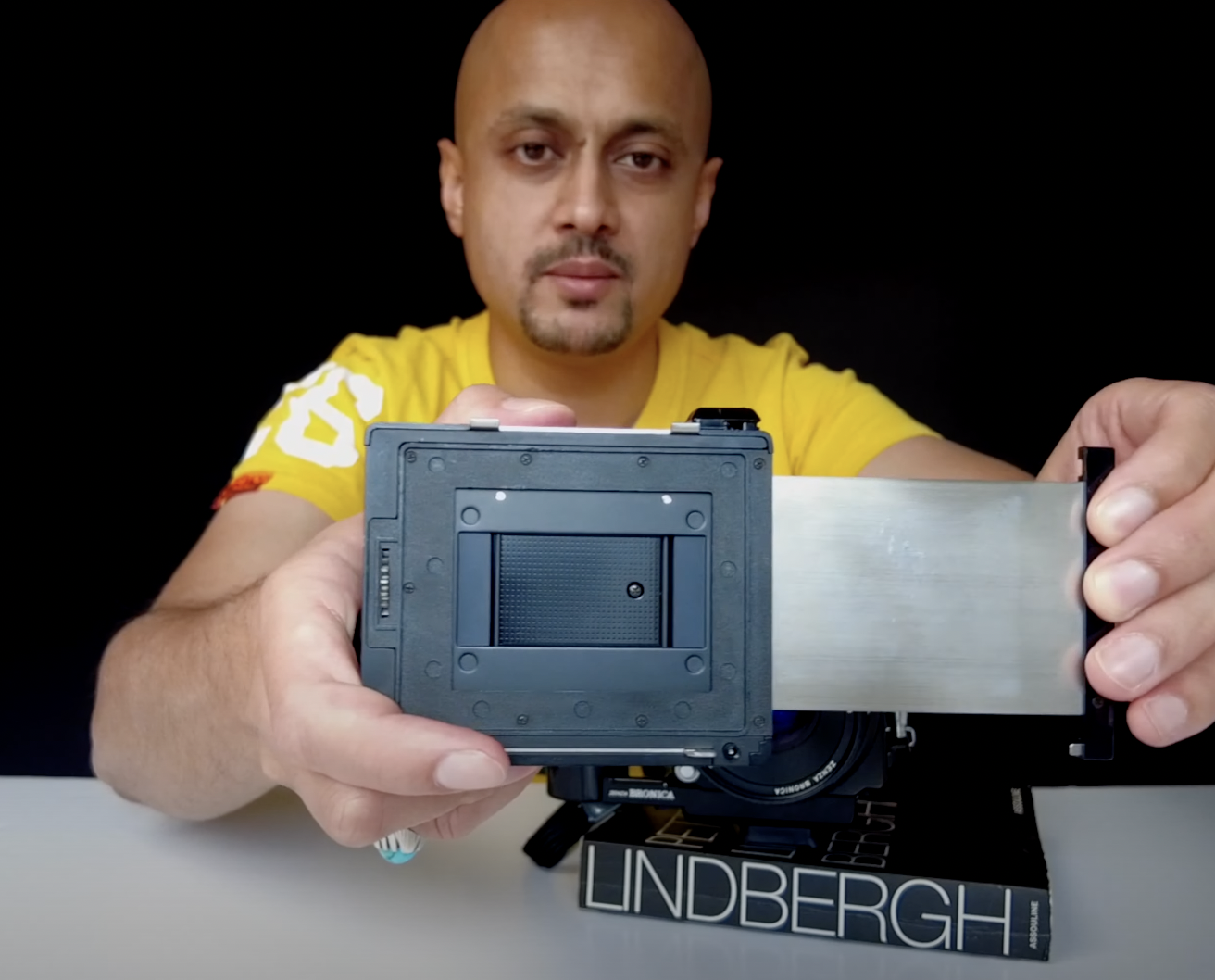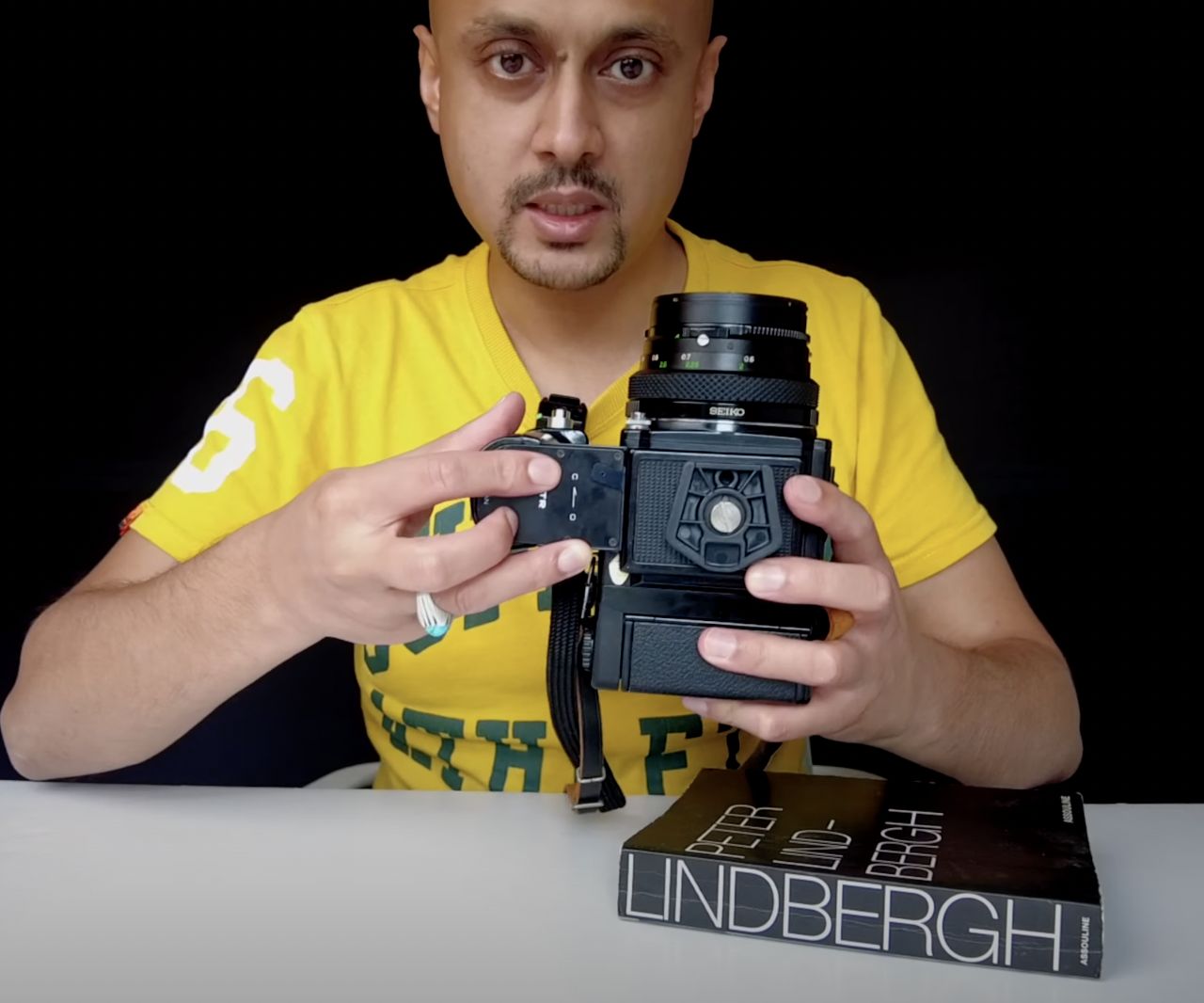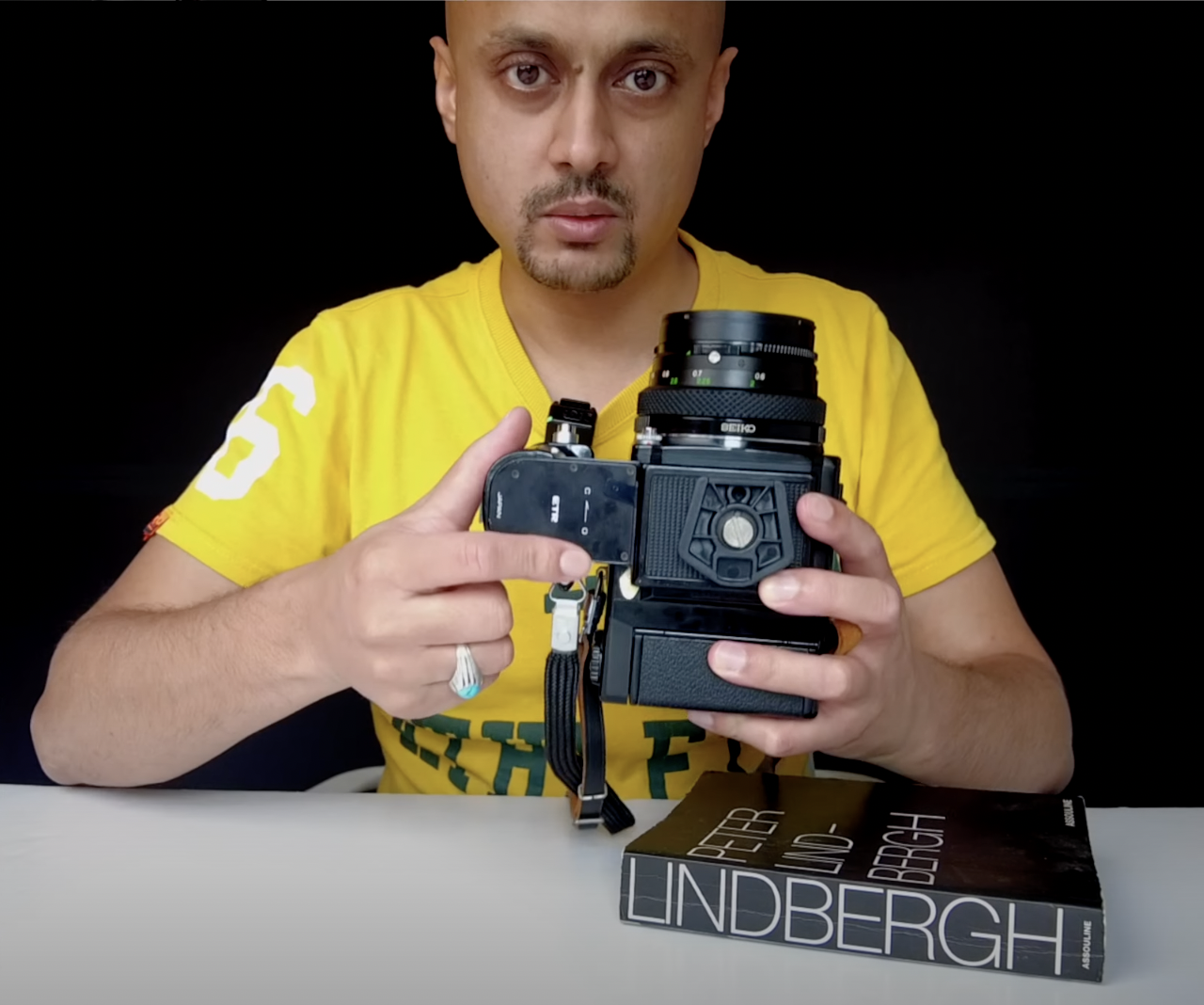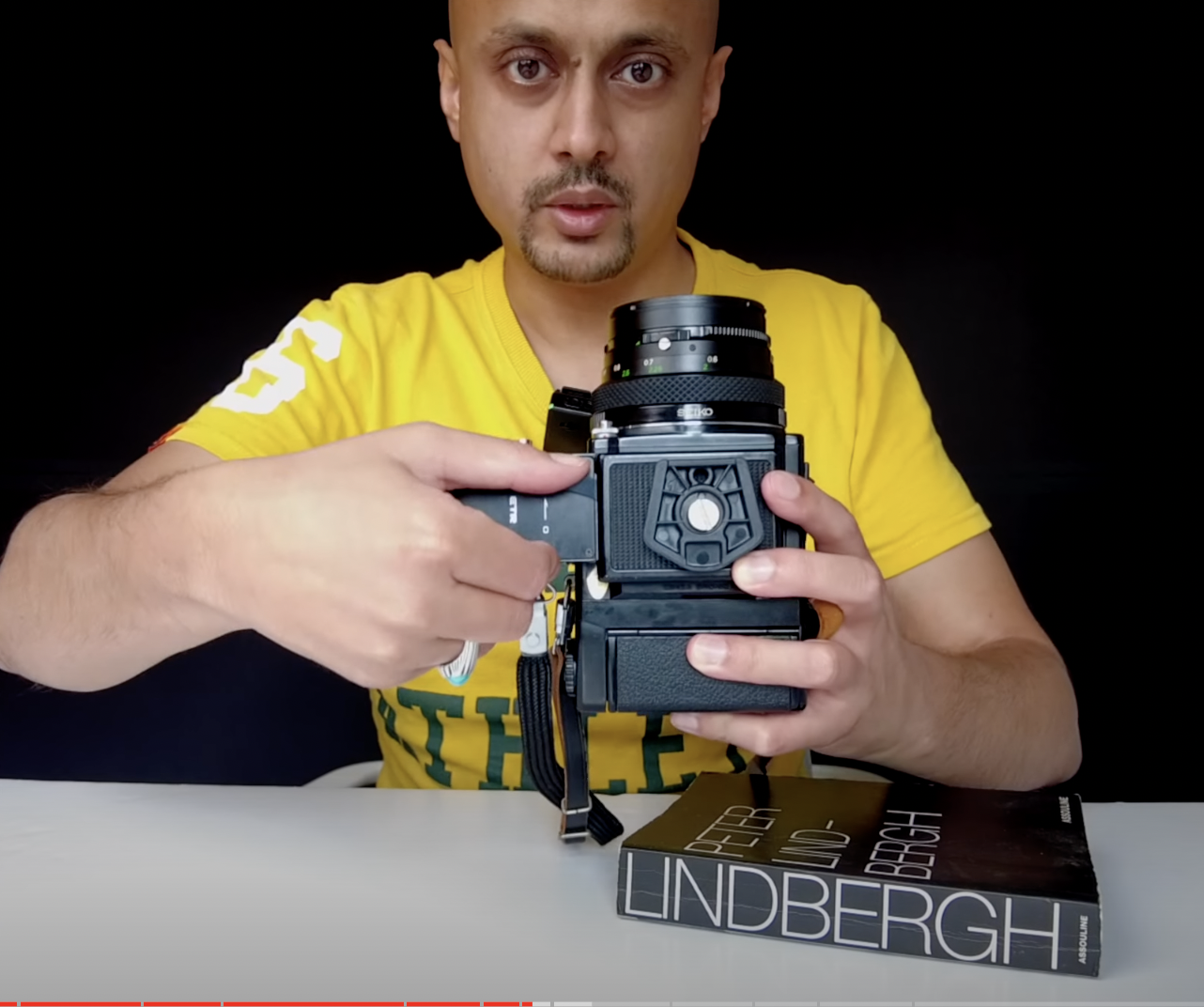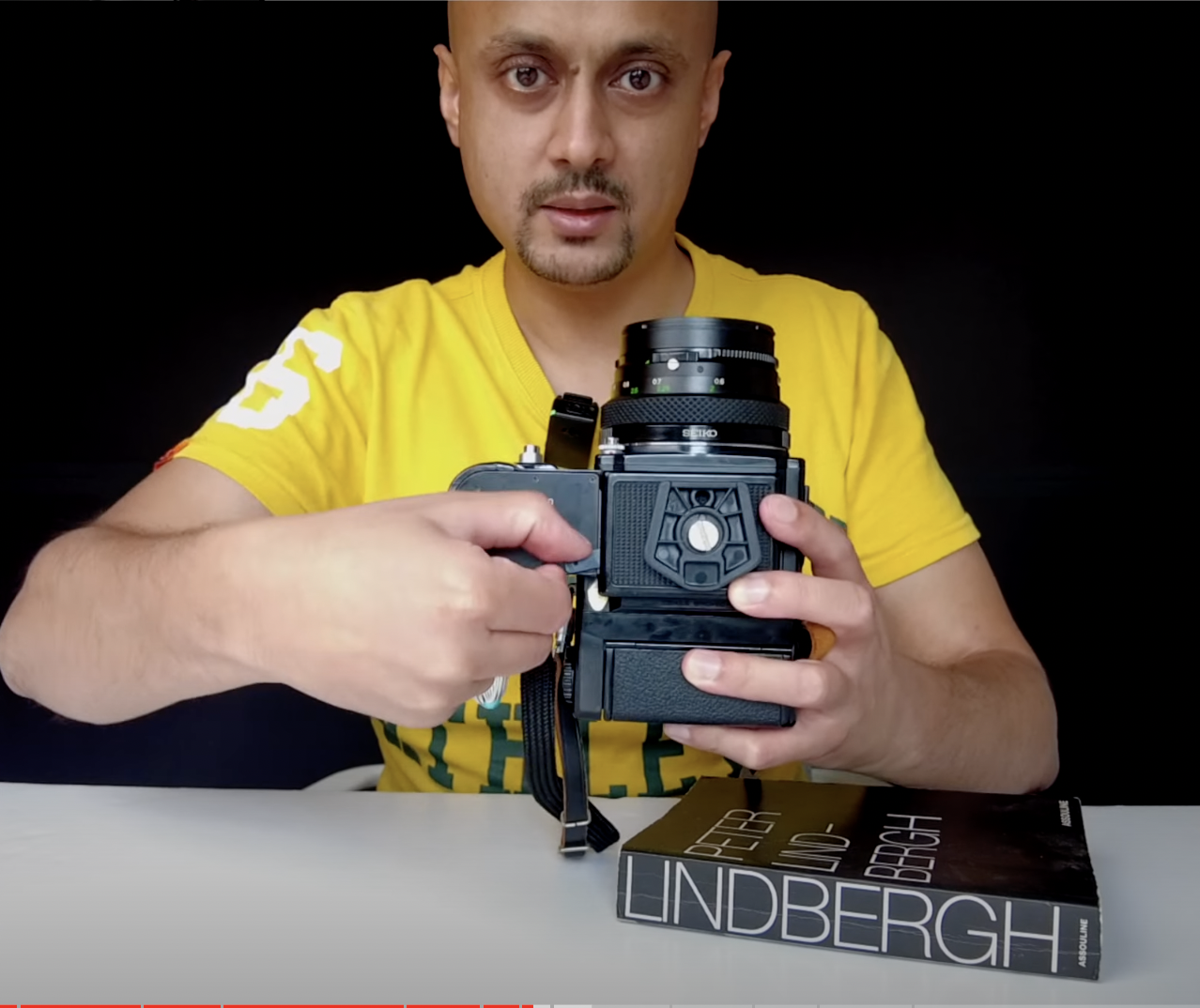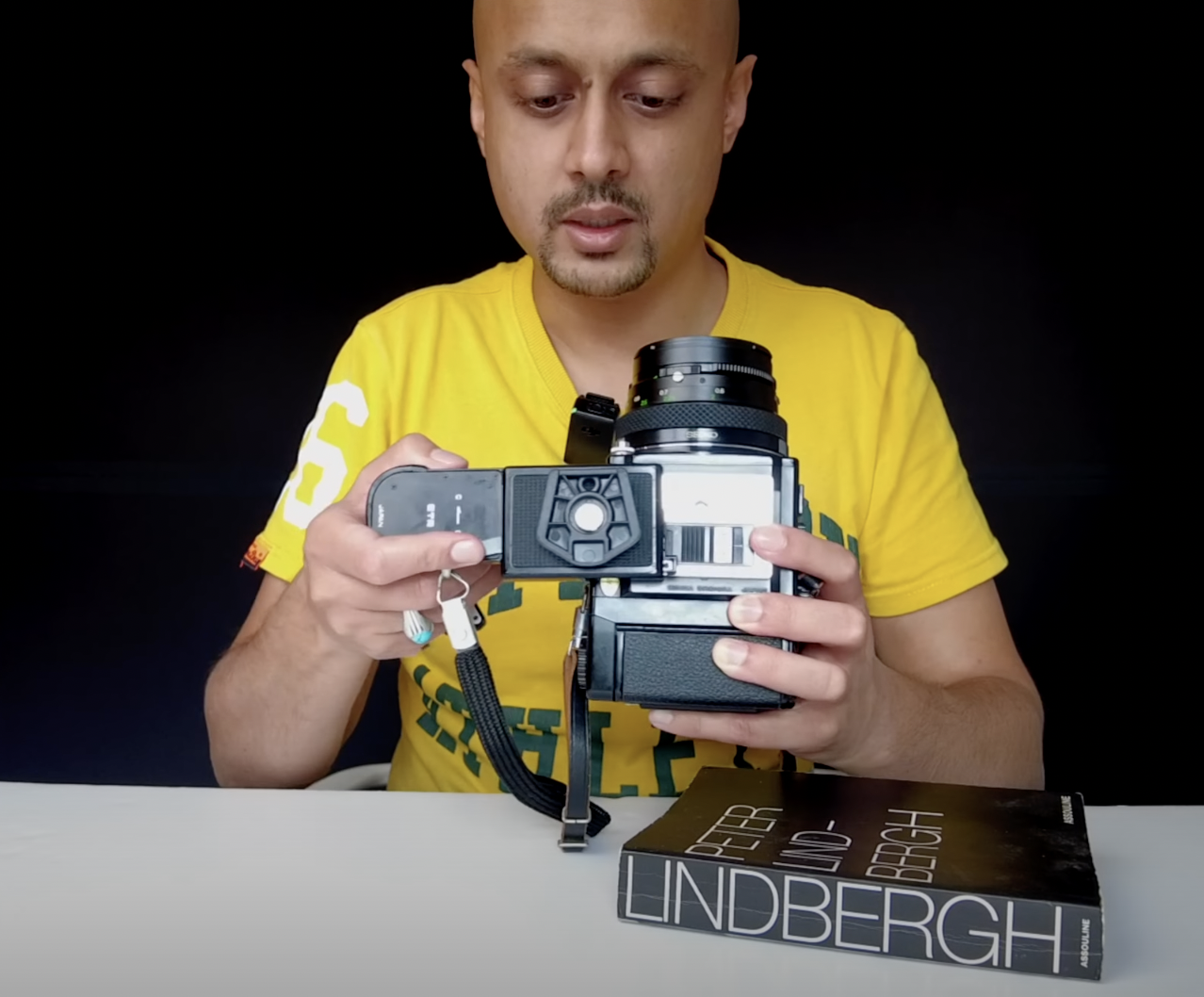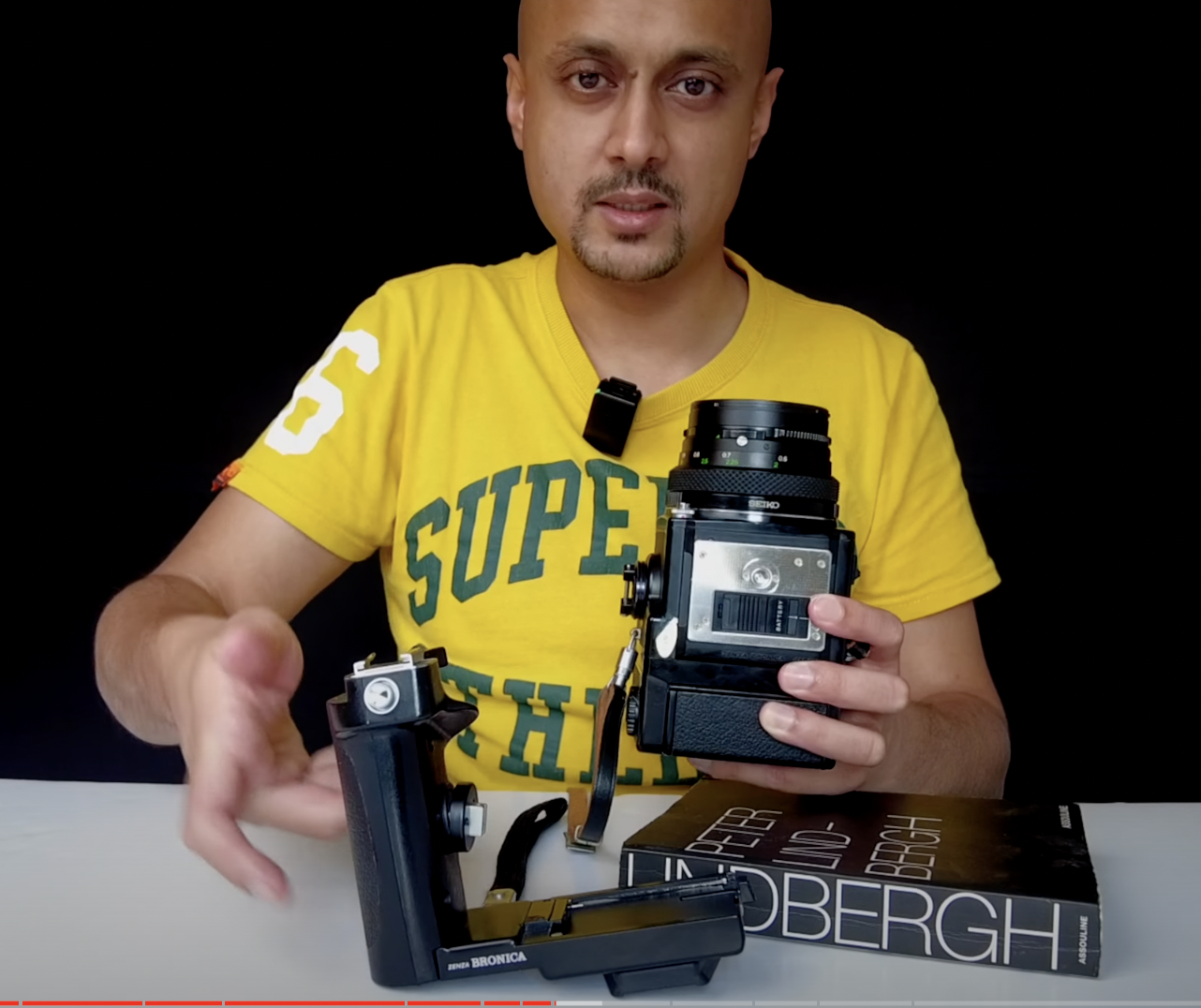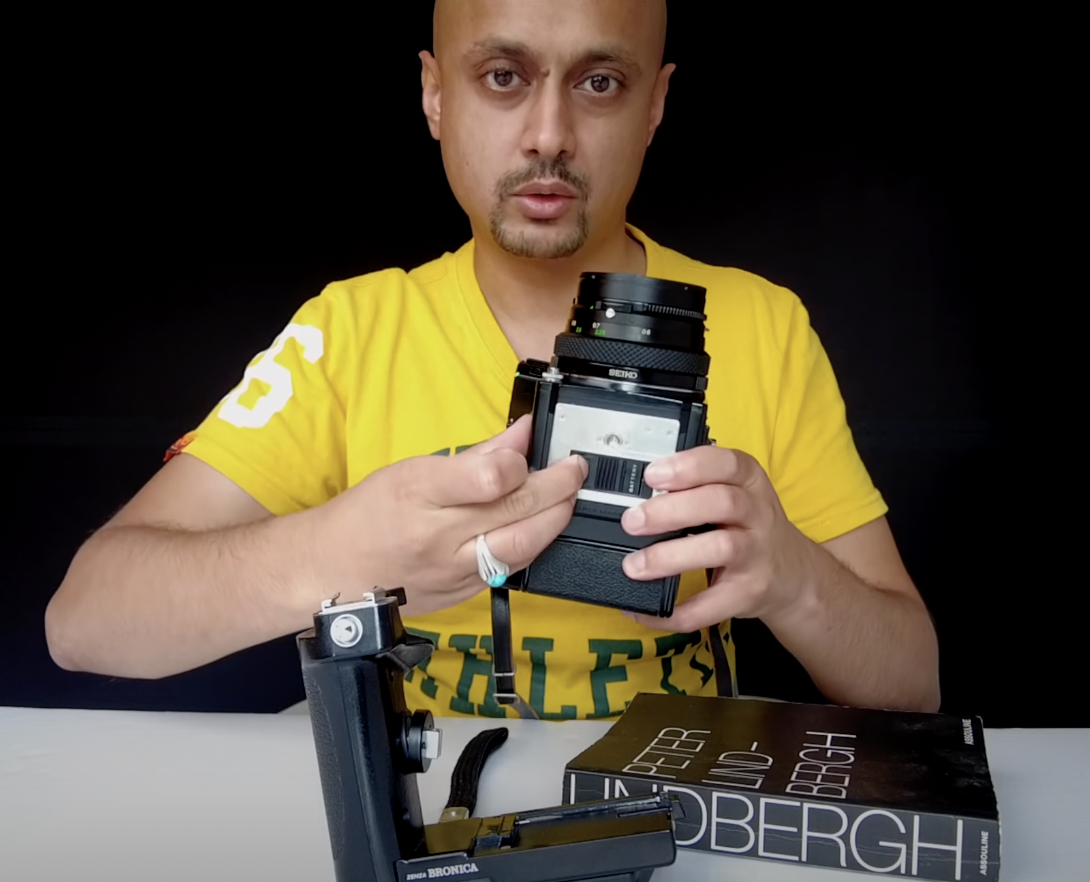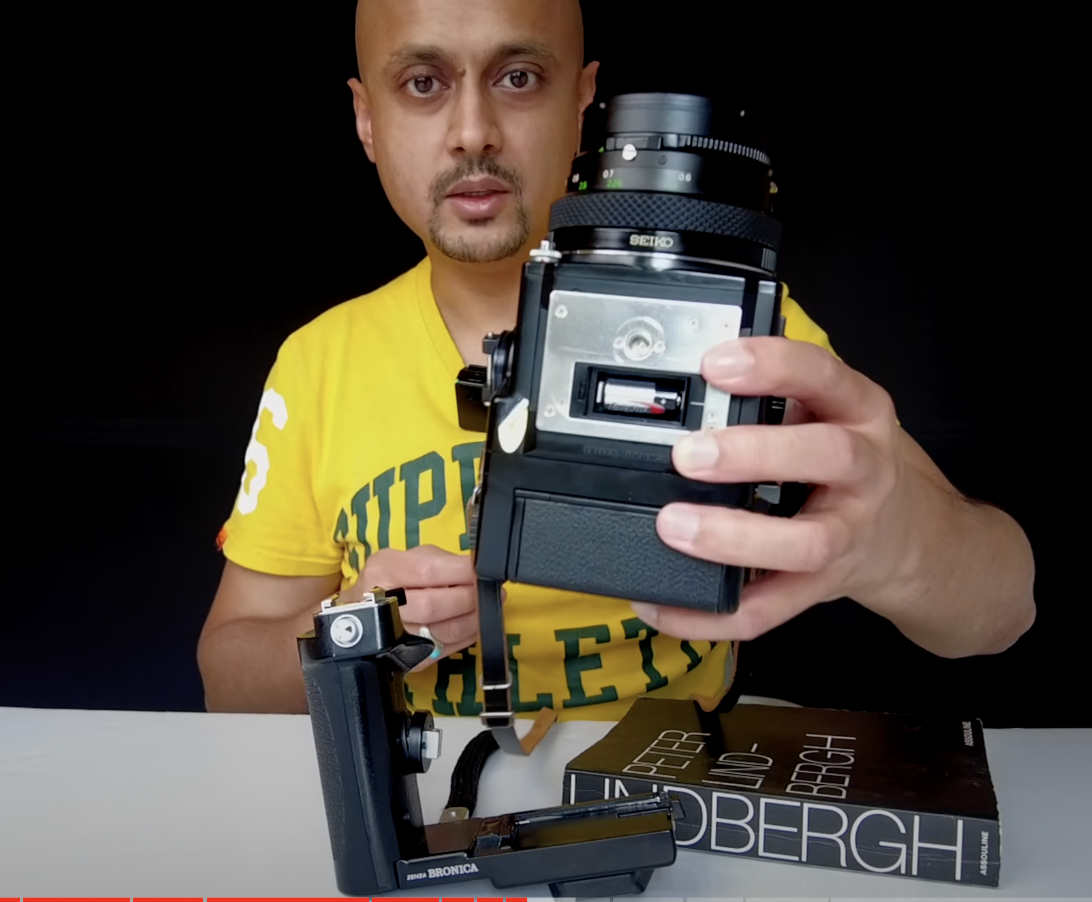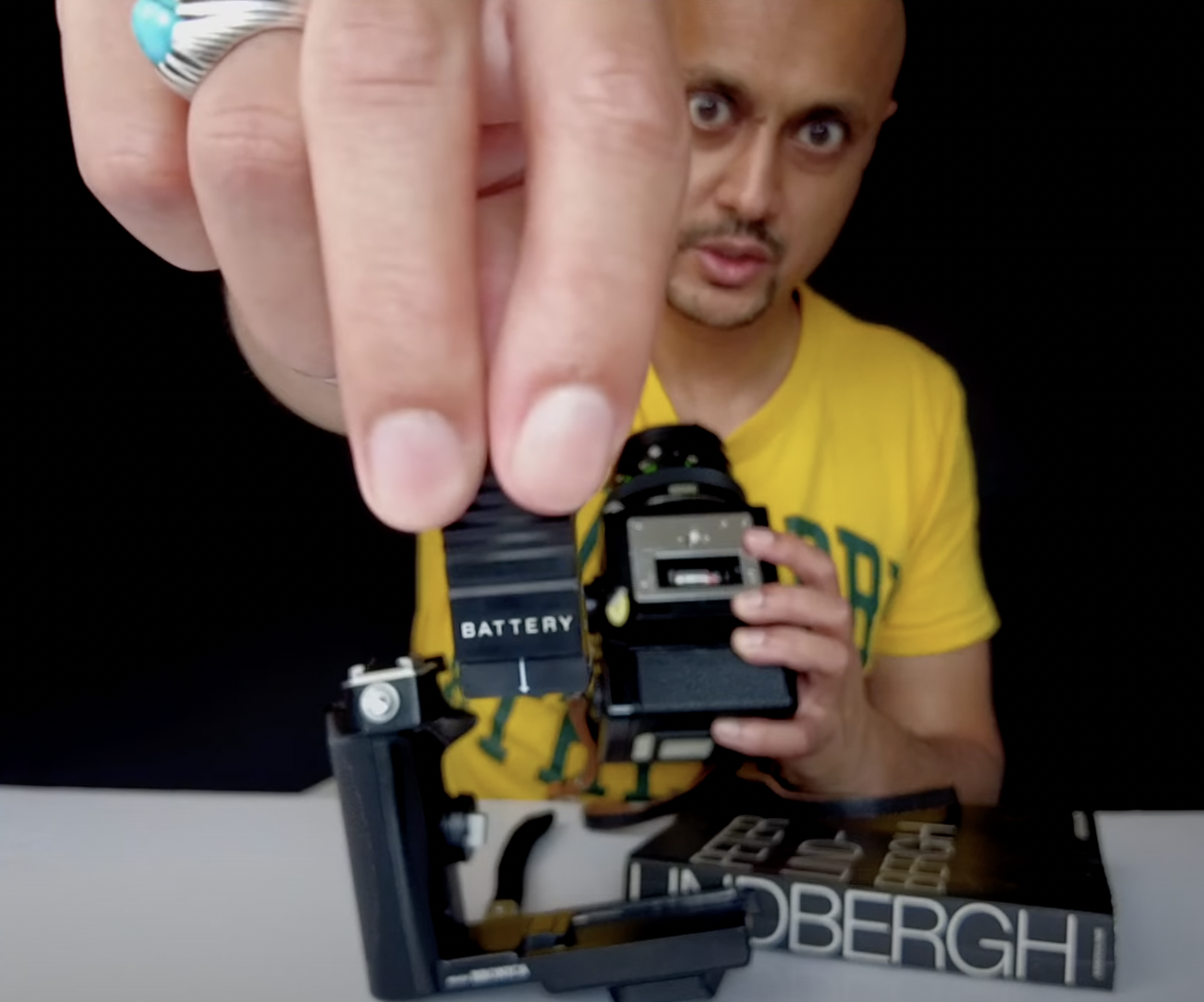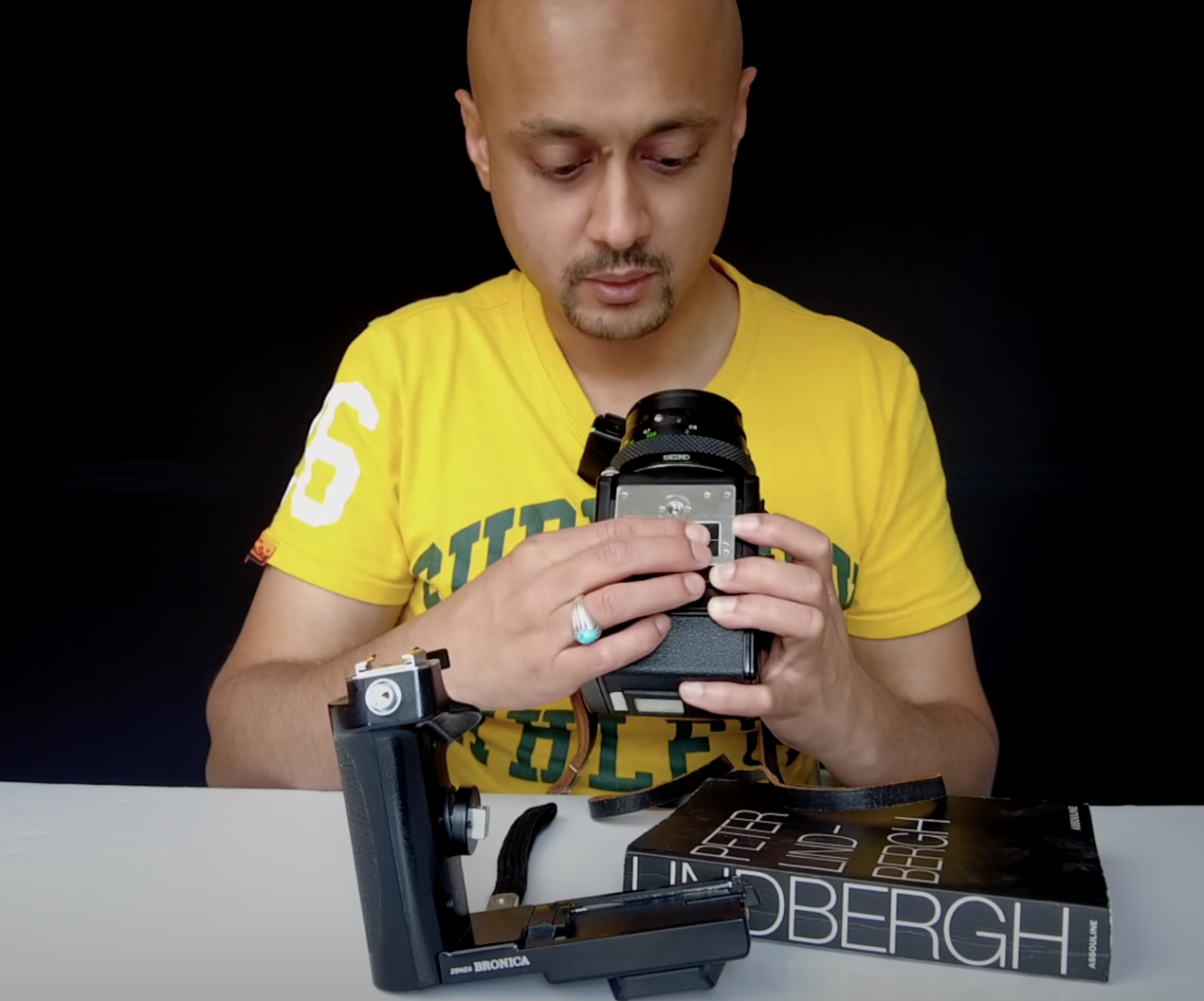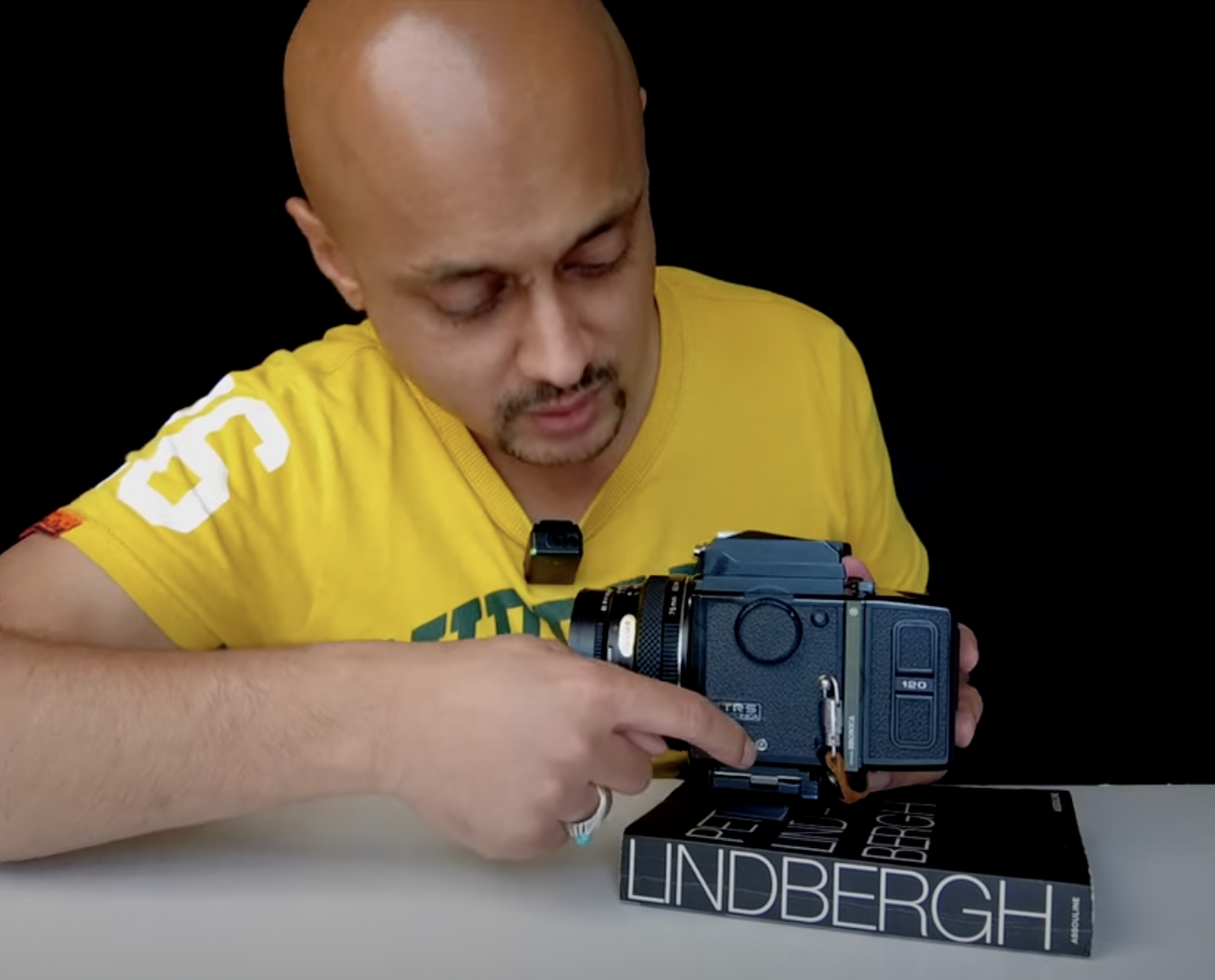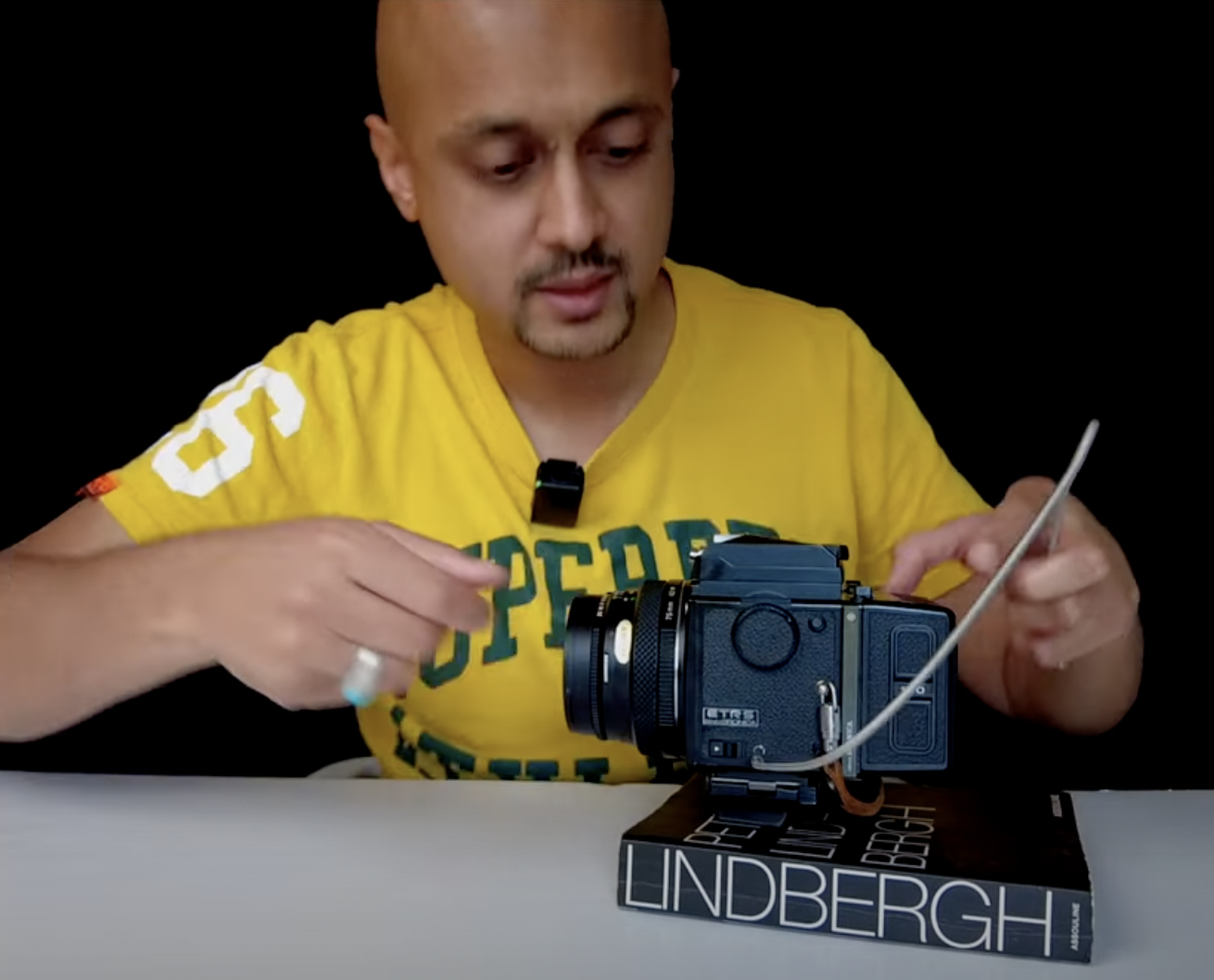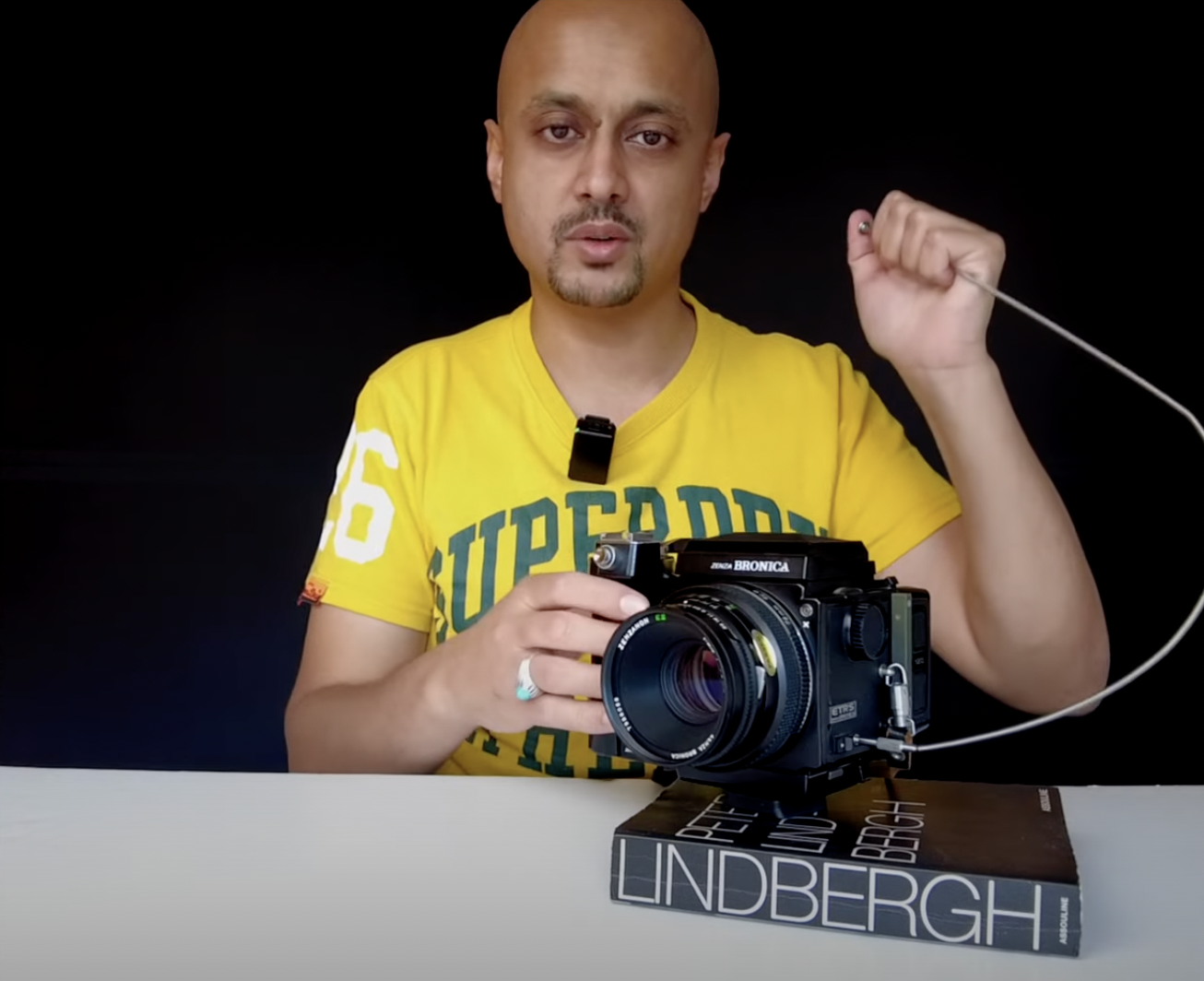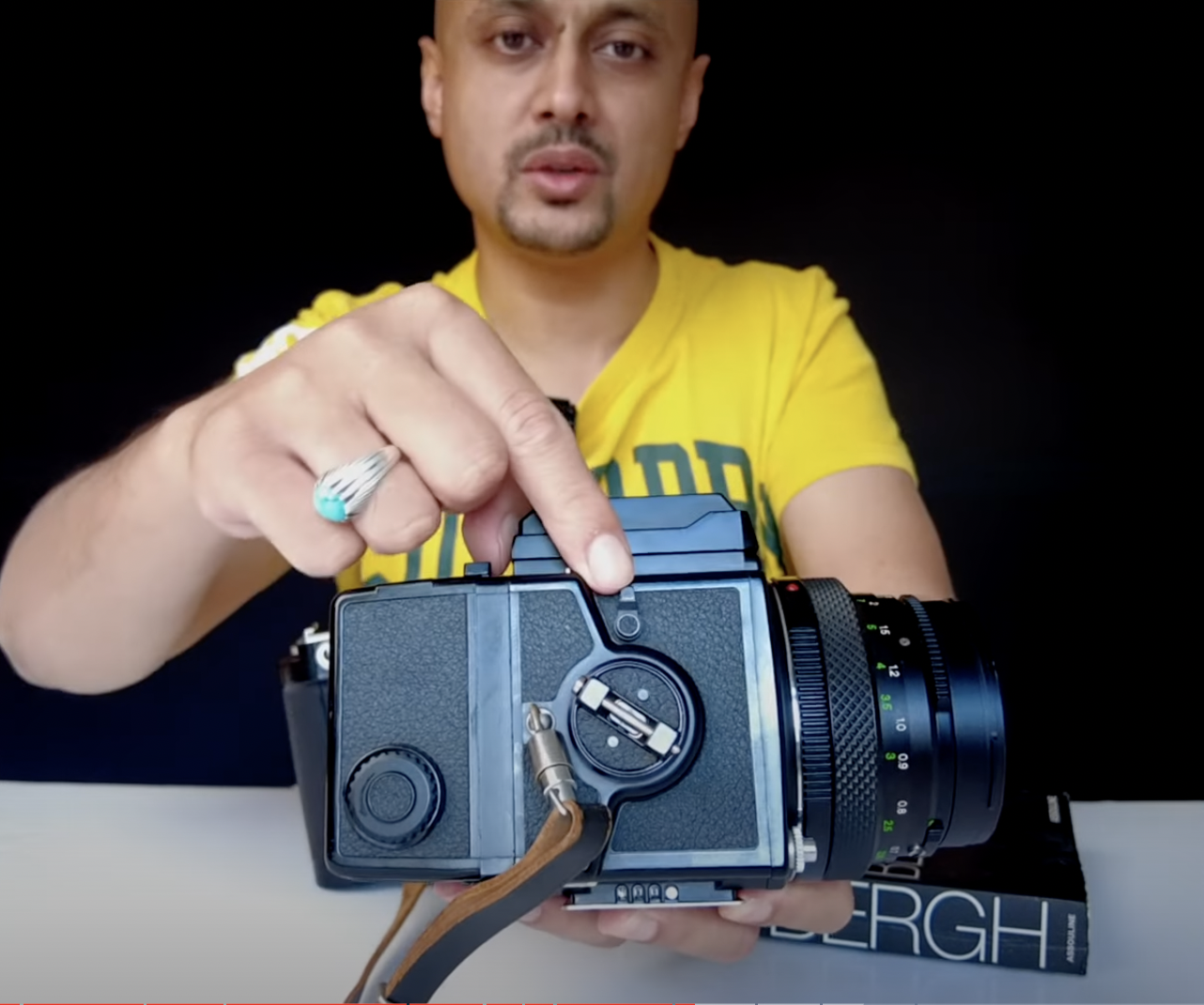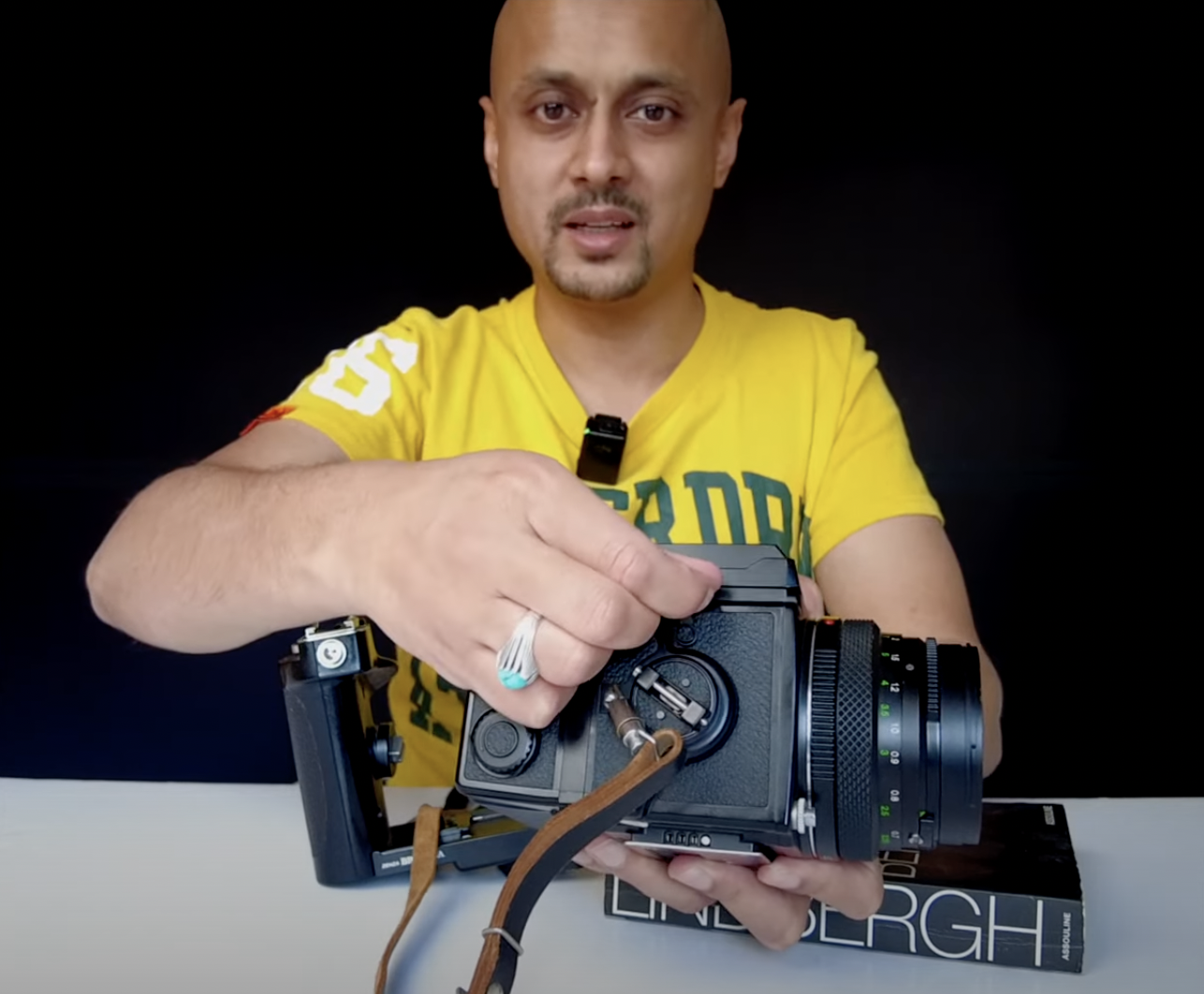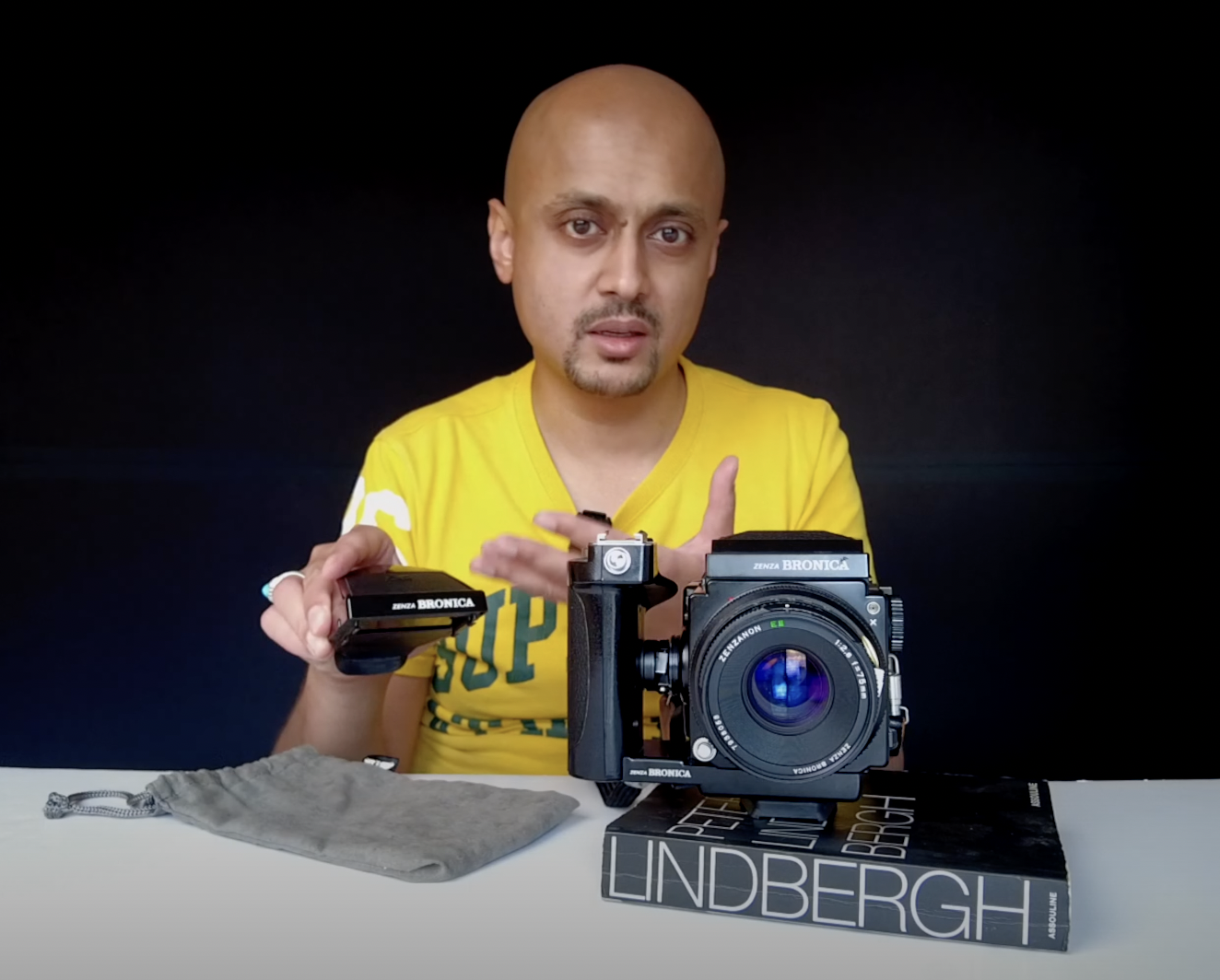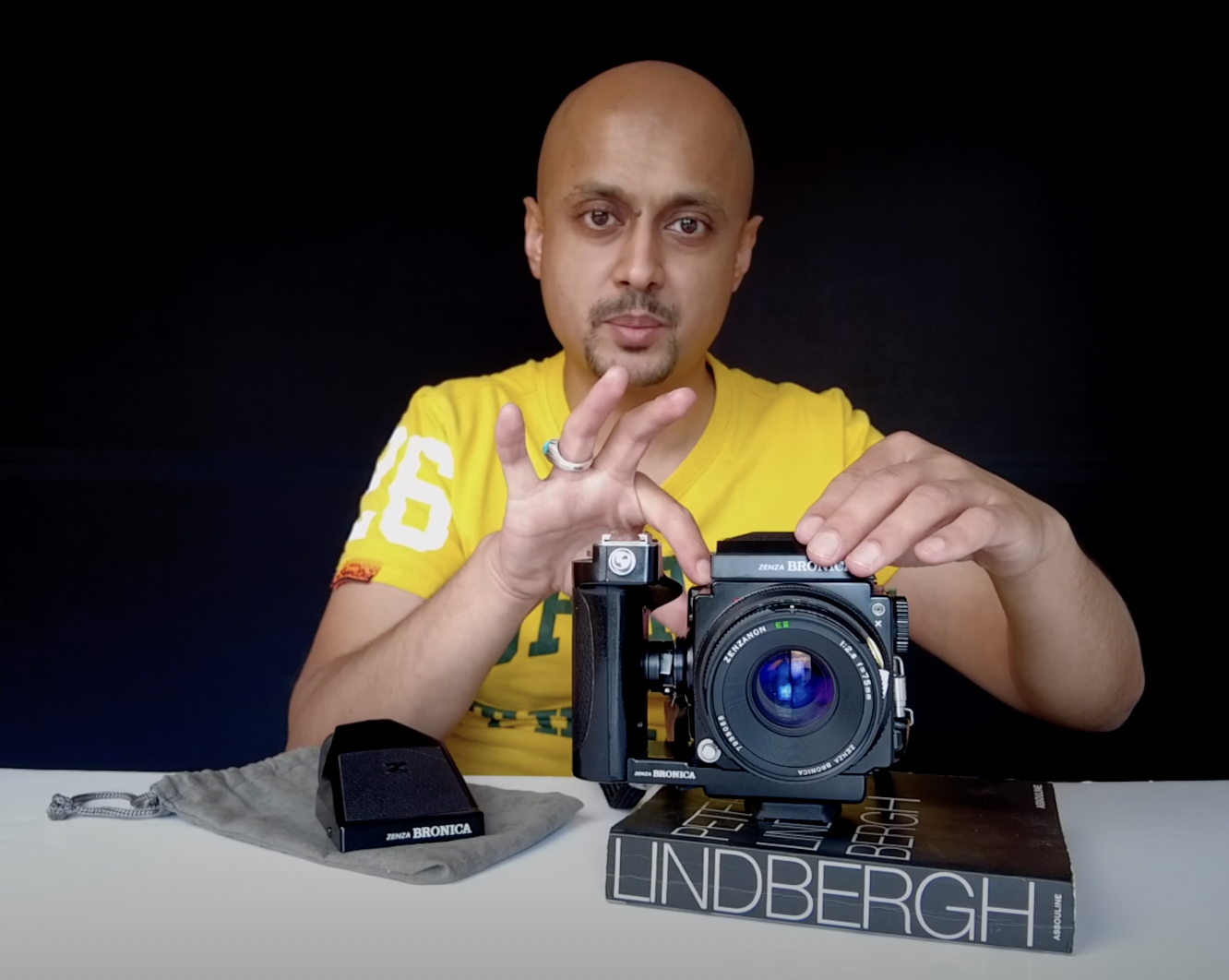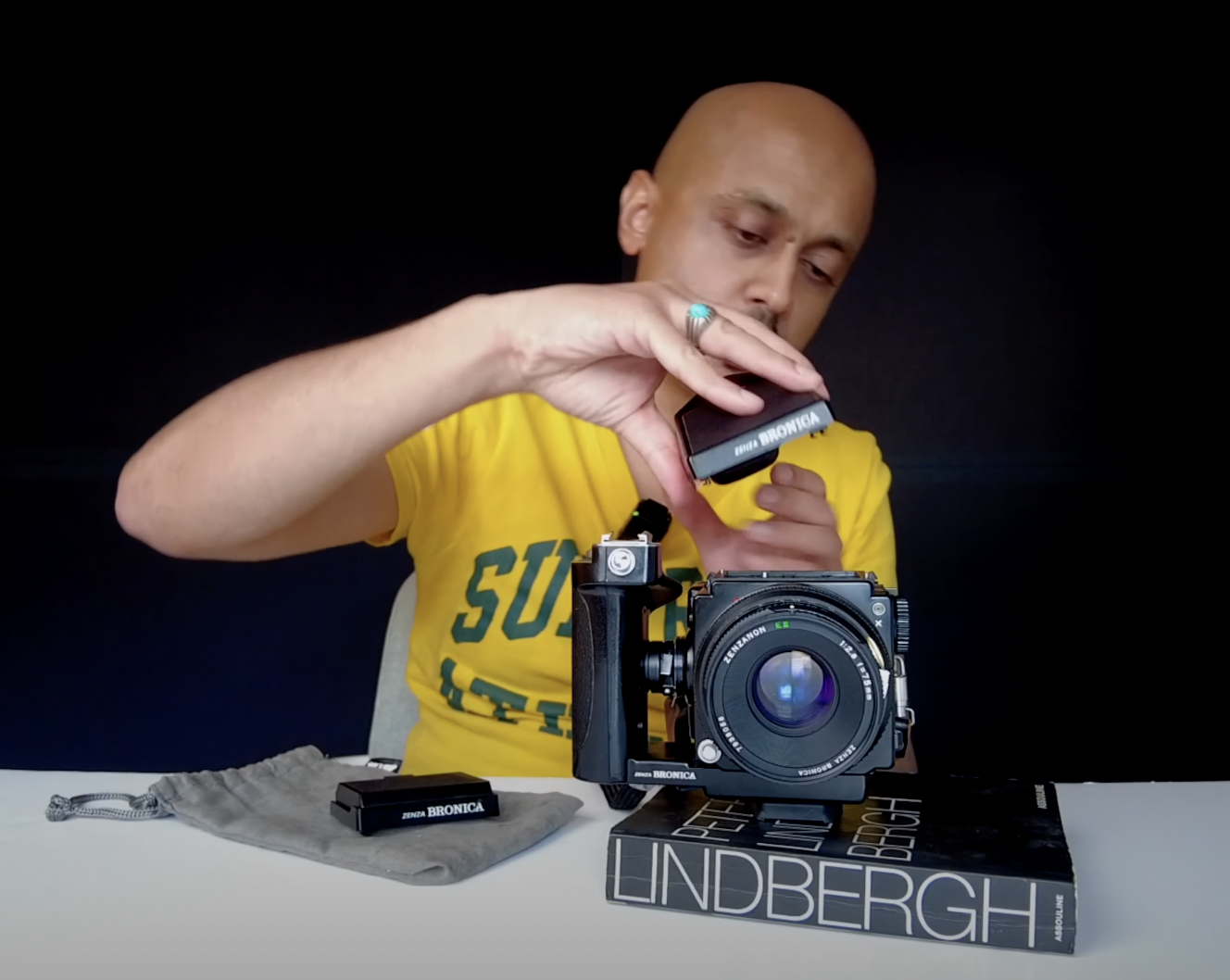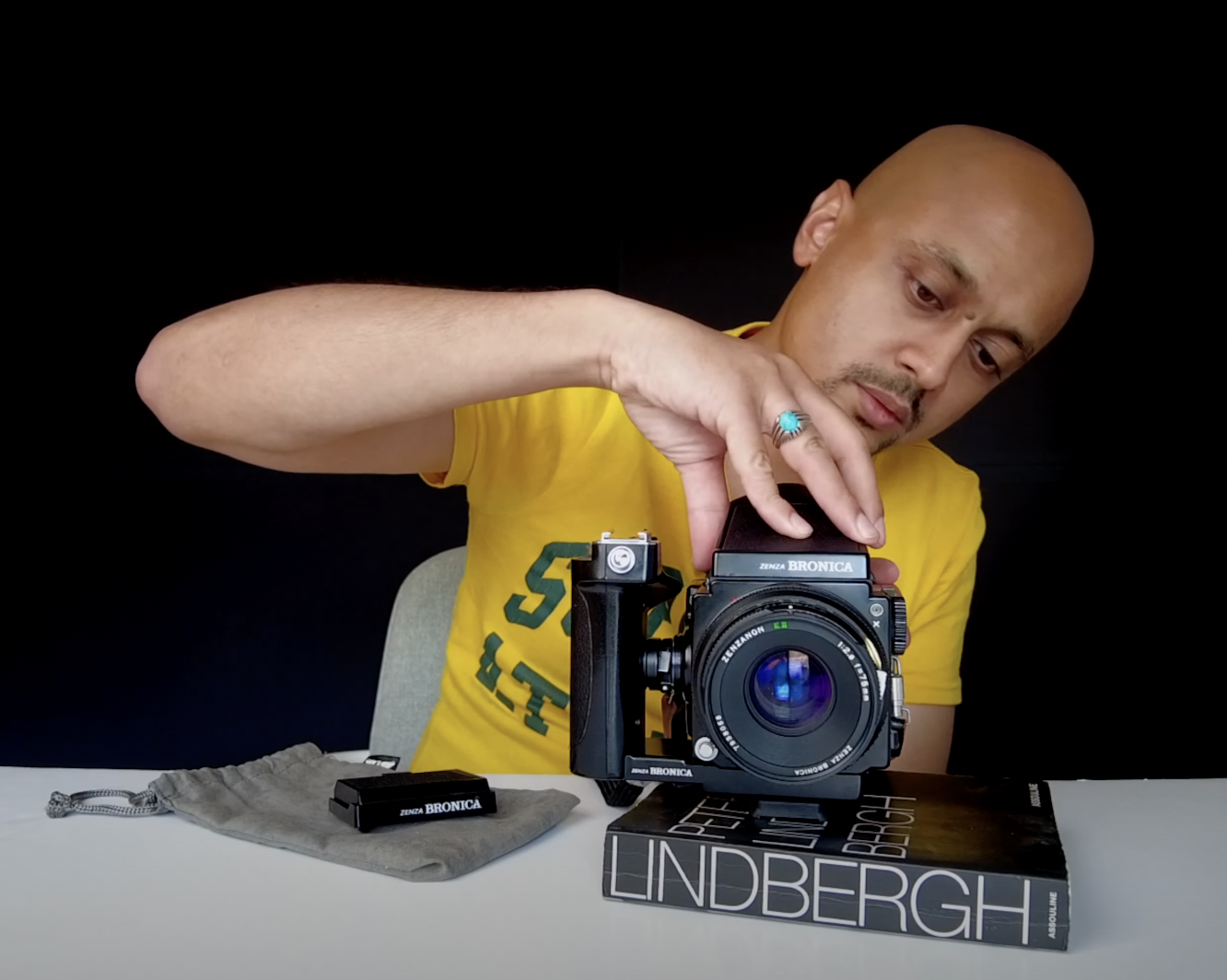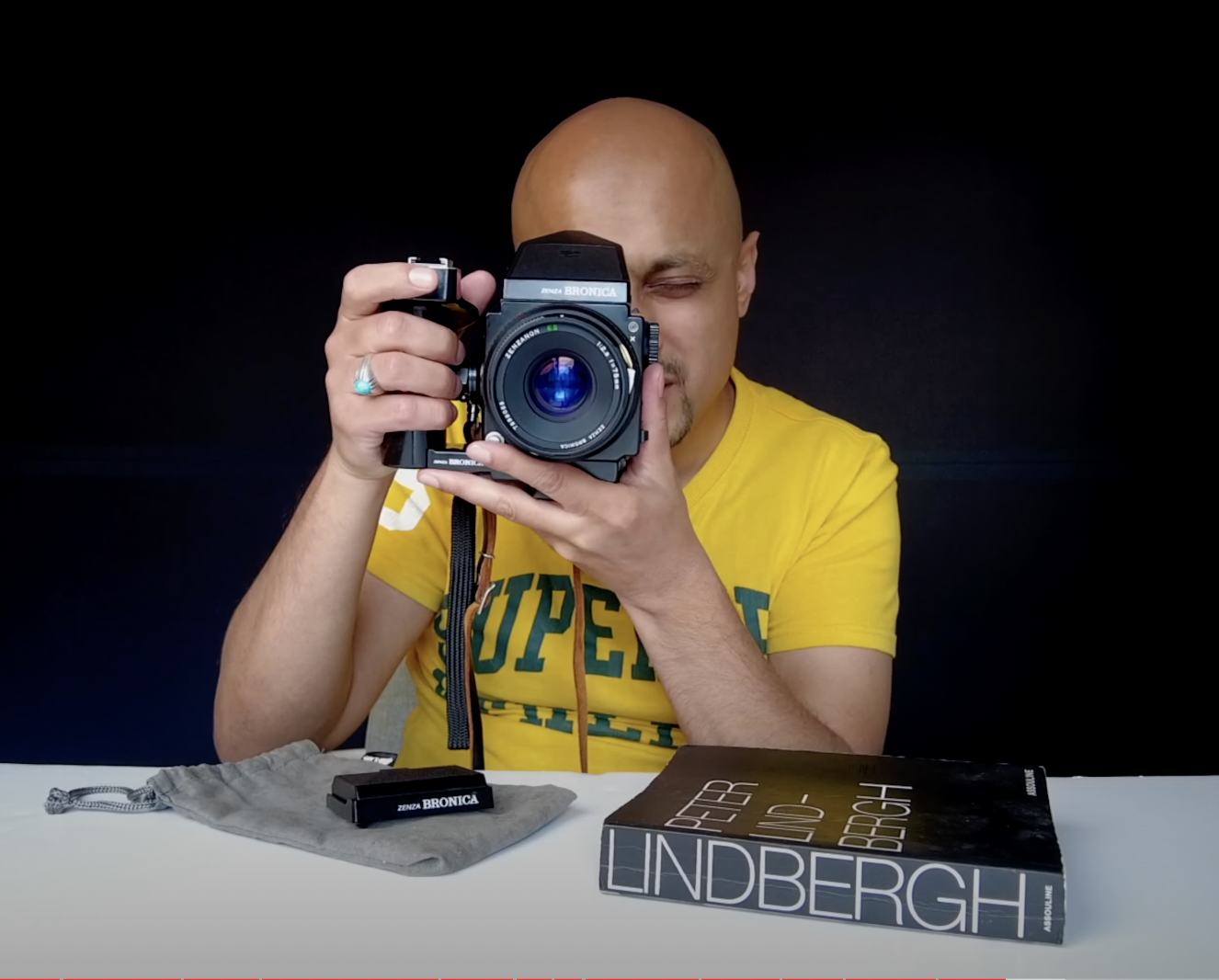The Pentax ME Super first made in 1979 and finished production in 1983. This is a wonderful full-frame SLR camera and we're going to break this down to see how we can start shooting with it.
The 28mm F2.8 lens is a wonderfully small, nimble little thing. It is a very compact lens and packs a punch. You will find the aperture and shutter controls on the lens itself. In the video, I demonstrate how you can adjust these controls.
Pentax is a very reliable brand, as such, it became trusted amongst professionals and hobbyists alike. Therefore, it should be relatively easy to pick up one on eBay. However, I would recommend popping into a local vintage camera store. You will be able to talk to someone about the camera and feel more confident with your purchase.
At the front of the camera you've got a timer. You can pull this down. Once you hit the shutter release, it'll start going and then it takes about 10 seconds for it to get to its point. So enough time for you to run to get into the shot. There you go. That's the front of the camera.
At the top of the camera you've got your bracketing exposure setting so if you want to change it, it's really quite simple. You just rotate the dial and then you're good to go. It is a little simpler and easier than the Nikon FA equivalent. Also at the top, you will find your shutter release which you can pop a cable release into.
With such a compact design it is even more handy to have a hot shoe available at the top. Just be really mindful that when you put on a trigger or a remote, when you're taking it off, do so slowly. You don't want to lose the metal contacts from the hot shoe! Considering that this is a very old camera it might be difficult for you to get some new ones on. Ultimately, it will be very pricey for you.
In comparison with the Nikon FA there are fewer modes to choose from. The three available are, manual mode, as well as the auto mode.
One of my favourite things about this camera is the traffic light system which you can see inside the viewfinder. This could be particularly useful for any new film photographer with no light meter. That way you're going to make sure that you've got your subject, your scene well exposed for. To make the light meter work, you will need two L1154 Cells. You can find these online from a good electrical retailer. It is straightforward to pop in and I would strongly recommend putting in a couple, especially if you don't have a light meter.
To release the film back all you need to do is lift the little dial at the top of the camera and then it will pop open. You can go ahead and pop your film in there. Pull it across to the other side. The spool on the right hand side of the camera is very unique. It's very easy to put the film tongue into this and then you can just go ahead and kind of rotate the film. It will catch on very quickly and easily. This was, I think, unique compared to other 35mm cameras from its time. Once you've got that done, you can go ahead and shut the back and make sure that you've got that shut down and go ahead and shoot to your heart's content.
In the video I show the similarities and differences between the 28mm and 50mm in terms of weight and size. Pentax lenses are excellent and think carefully about what type of images you enjoy taking before committing to a new set of lenses.
This Pentax ME Super has a faster, lighter full manual exposure control than the K1000 available. It also has a cable release function so you can pop in the cable release into the top here and use that as well. I think this is a wonderful street photography camera.
It's so easily held. It's light, it's portable, it's quite friendly in the way that it looks, and also when you're carrying it. For any beginner photographer I would strongly recommend getting one of these. Particularly for those of you who don't have light meters and want to use one that's already built in, this will be perfect for you. Just to make sure that you get those shots absolutely well exposed.
Considering the Pentax, they had so many of these cameras out there. If something does go wrong then you've got options to find ways of fixing it. However, even if the battery stops working the light meter stops working, as it is a fully mechanical camera, so it will carry on working without those functions!
I'd love to hear from you as well. What's the best way to shoot with this? Doesn't really matter whether you're shooting colour, slide film, black and white film, everything's going to work here. Just make sure that you expose it well. Let me know in the comments below. I would love to hear from you!

